Vamos – 2nd drop of La Palma imageries
Tune of the day: Róisín Murphy – You Knew
The 708 km2 atoll of La Palma has its moniker for a reason – La isla bonita (English: The Beautiful Island).
In 2016 I spend some weeks on the island and wrote about it on Slowtwitch.
Now I returned to one of my absolute favorite places for a month with my family. In the next few weeks, I will post some of the visual features of this visit. Enjoy!
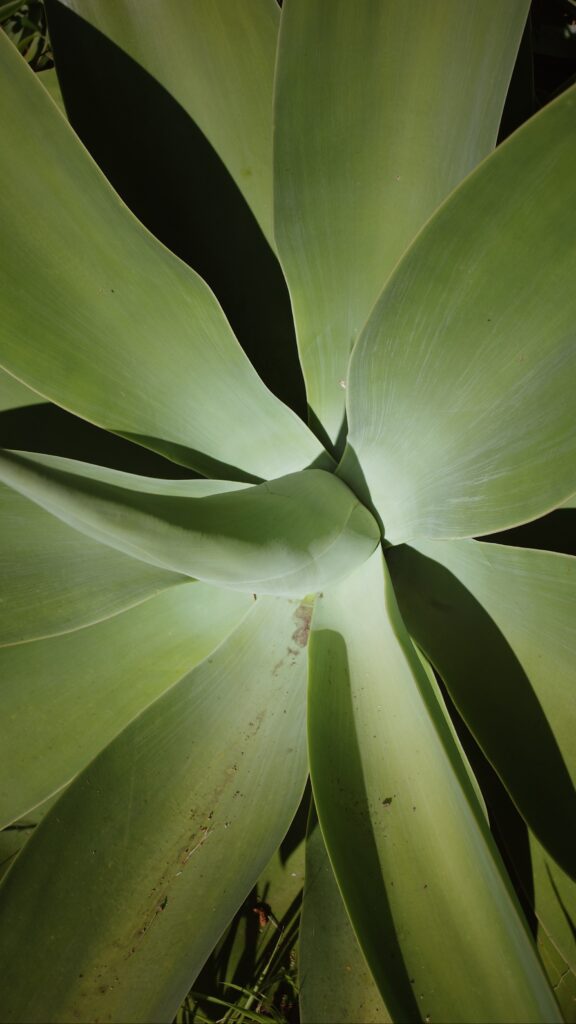
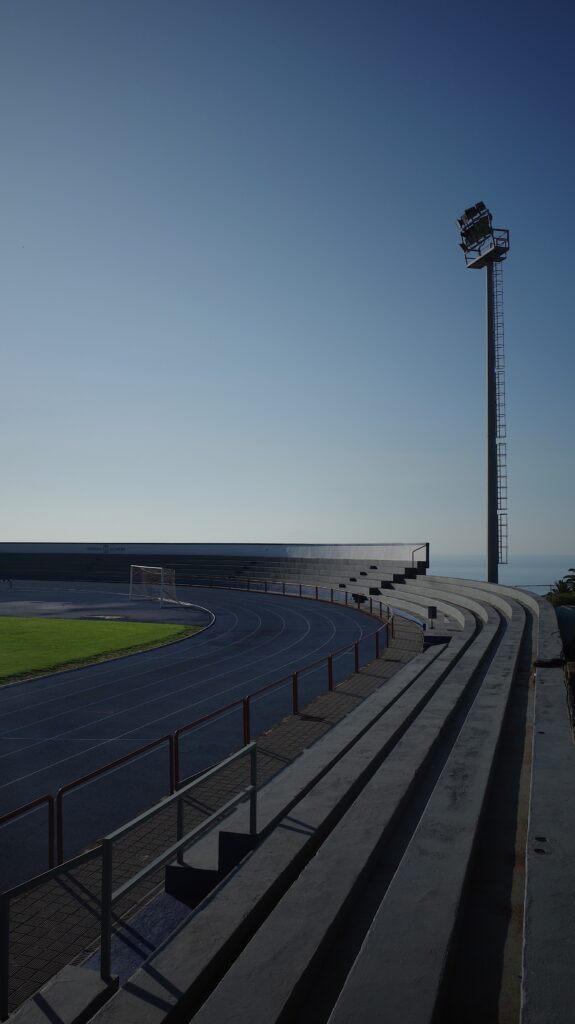
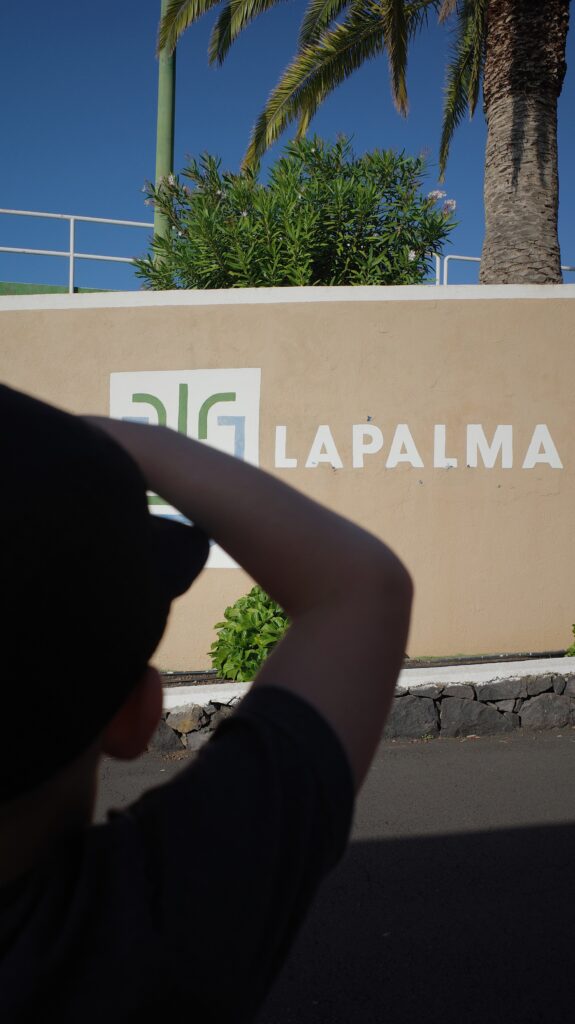
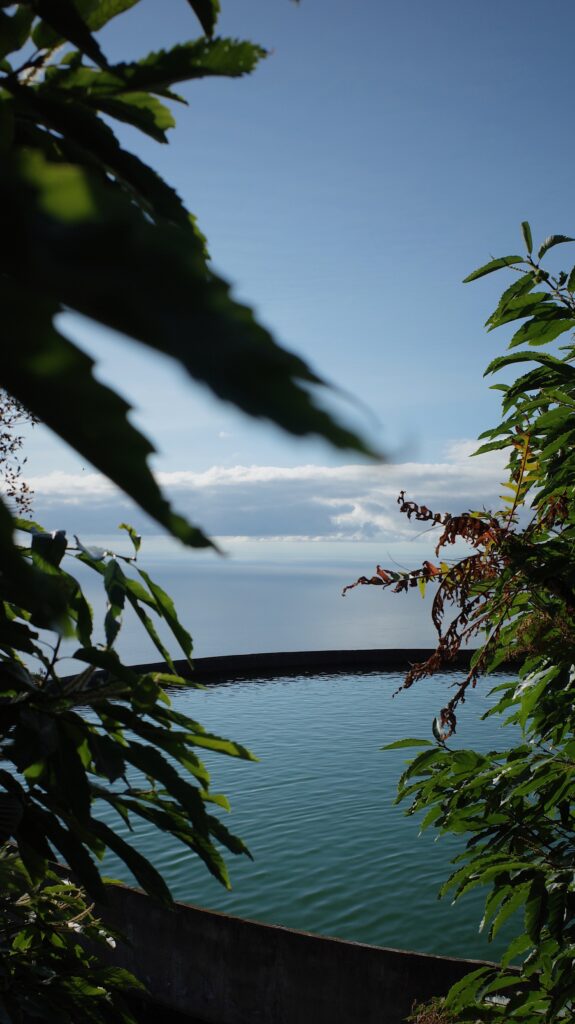

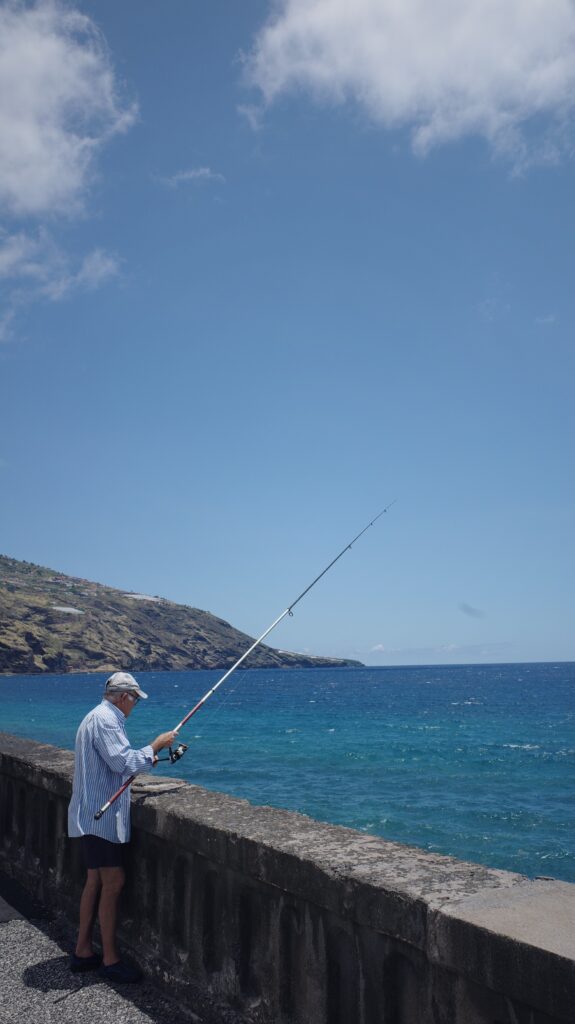
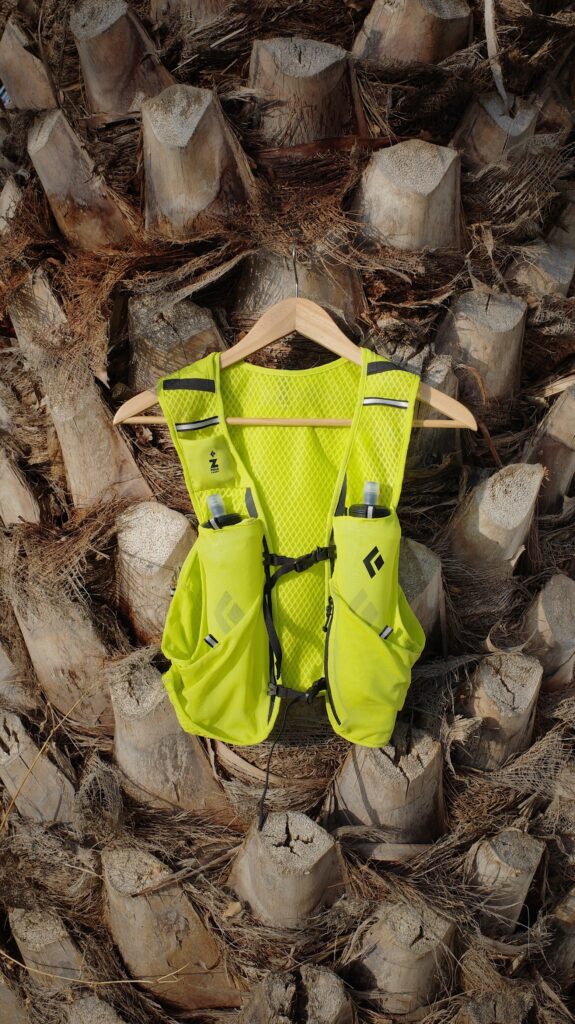

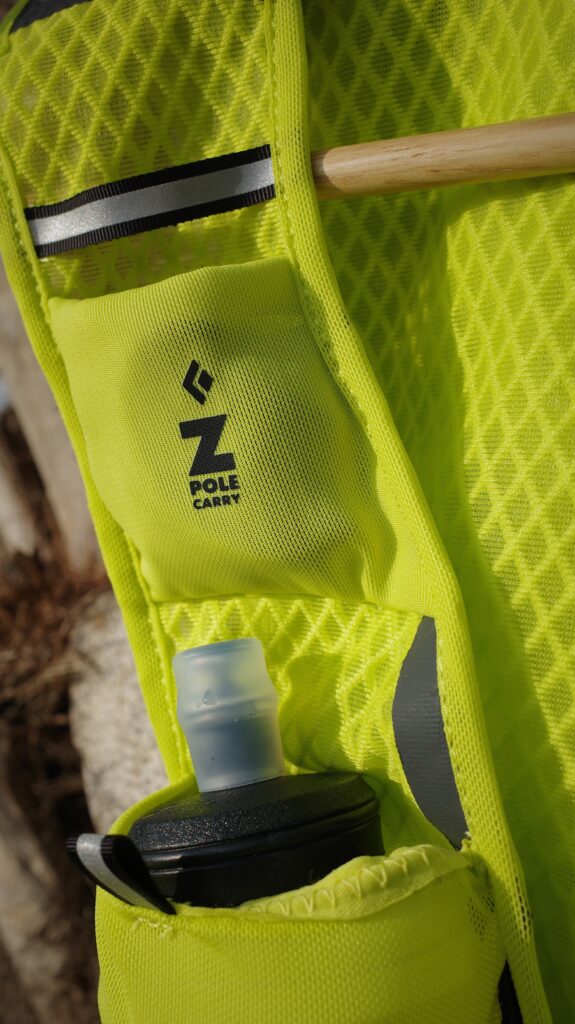
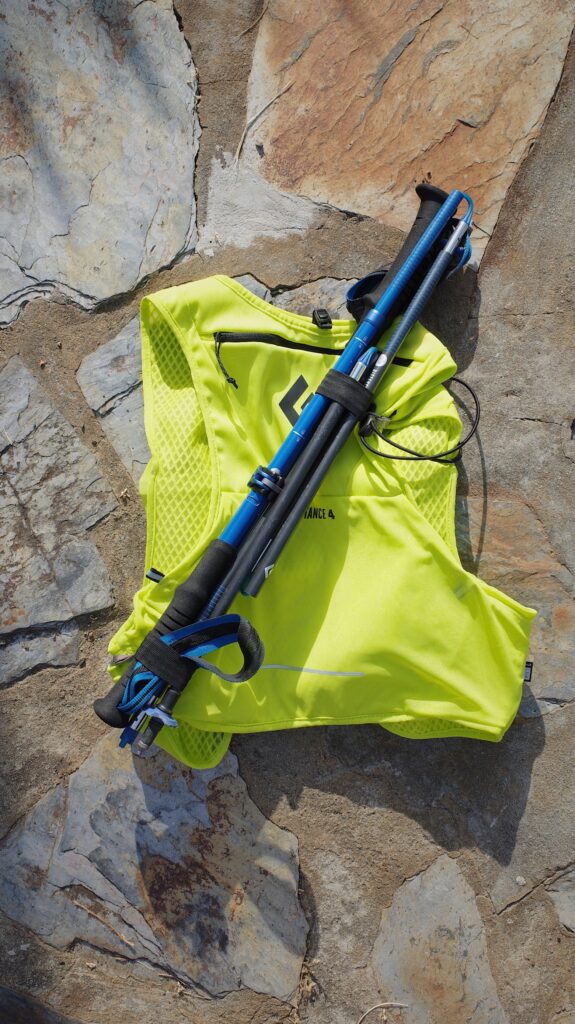
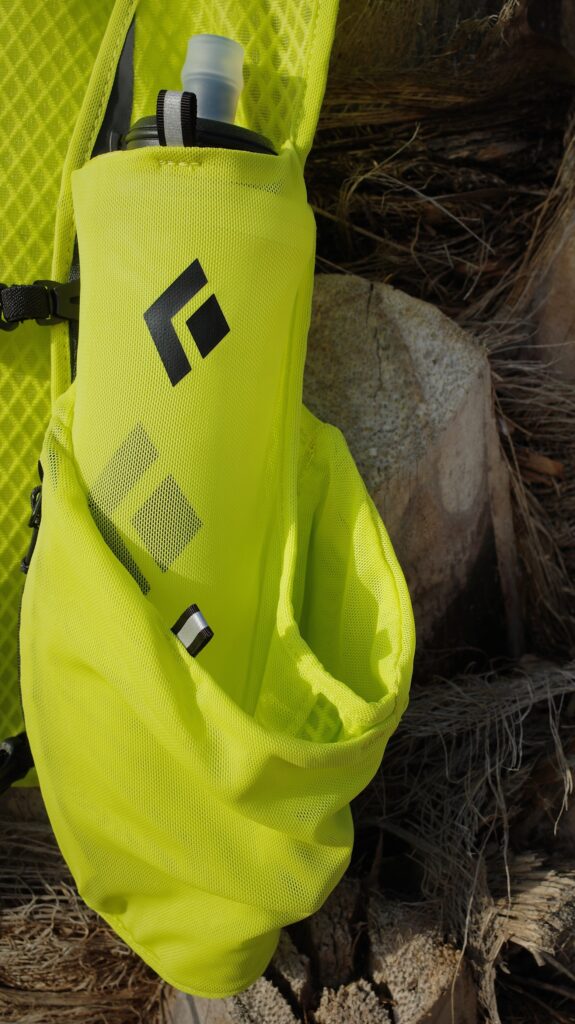
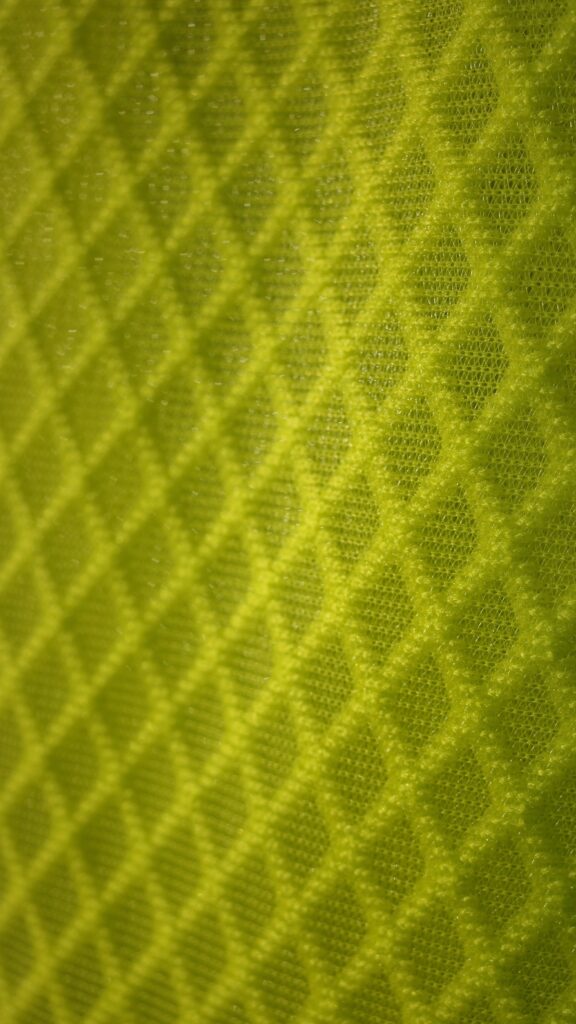
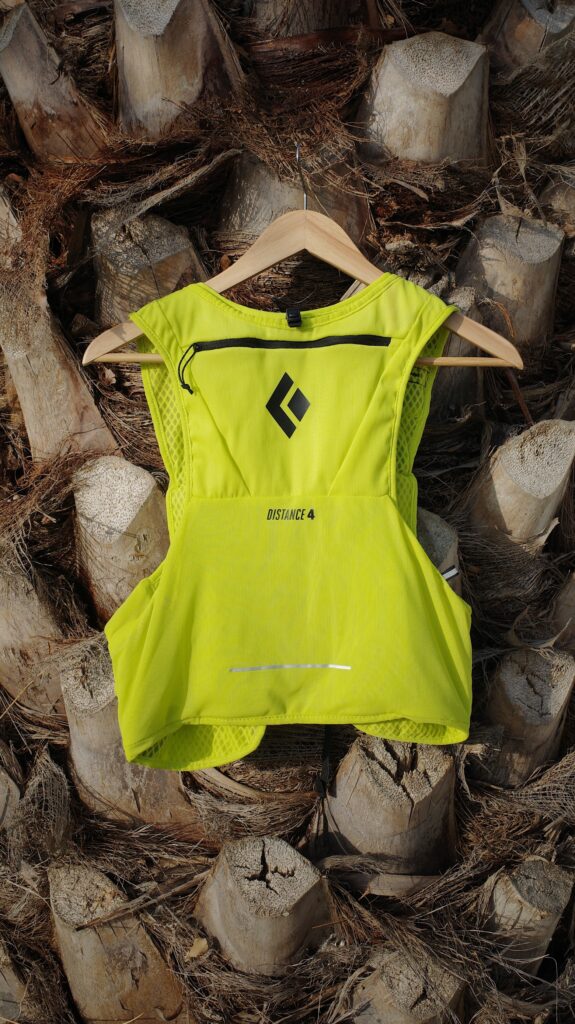
Tune of the day: Big Sproxx – Duality (feat. Planet Asia, The Legend Adam Bomb & DJ Grouch)
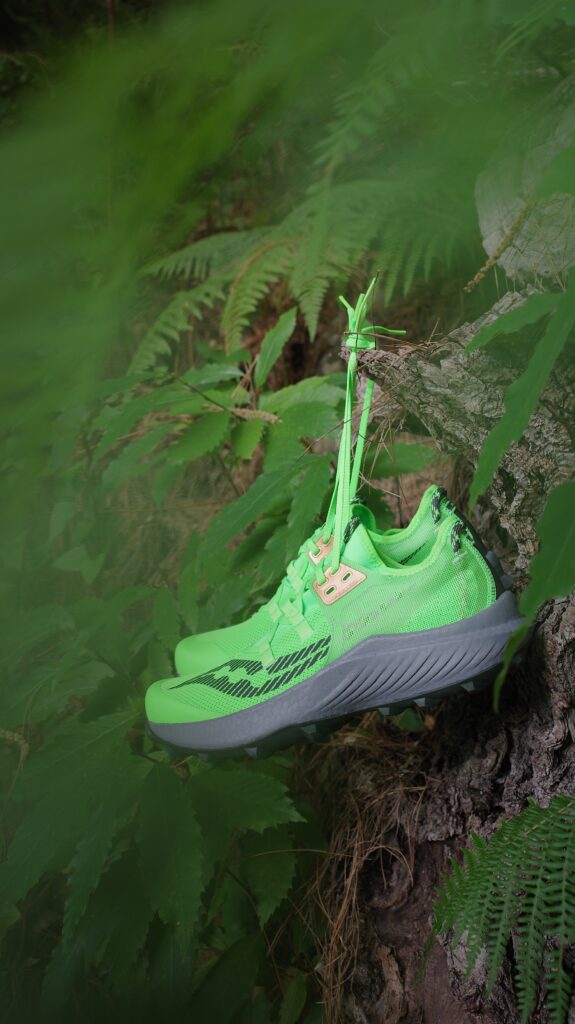
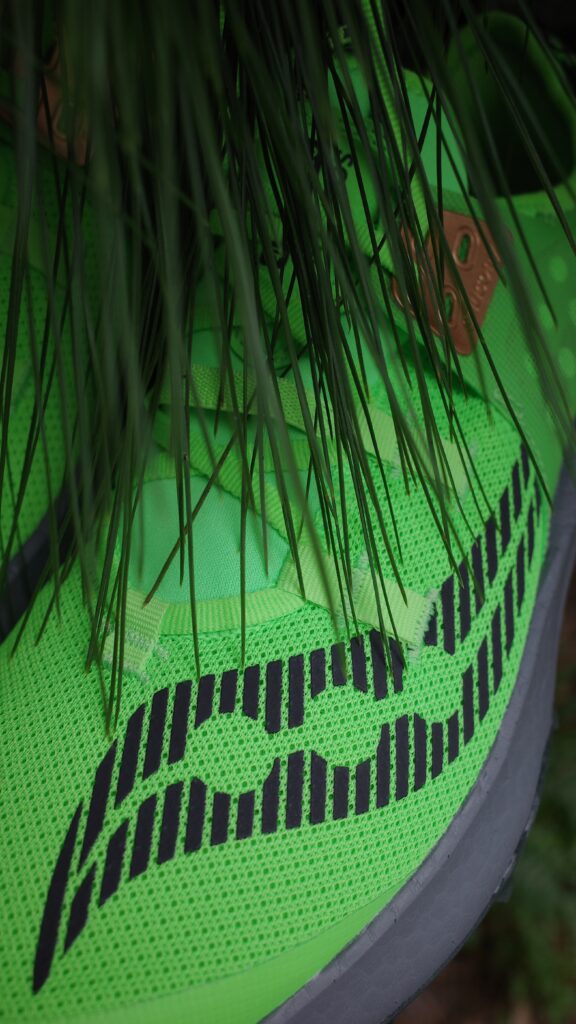
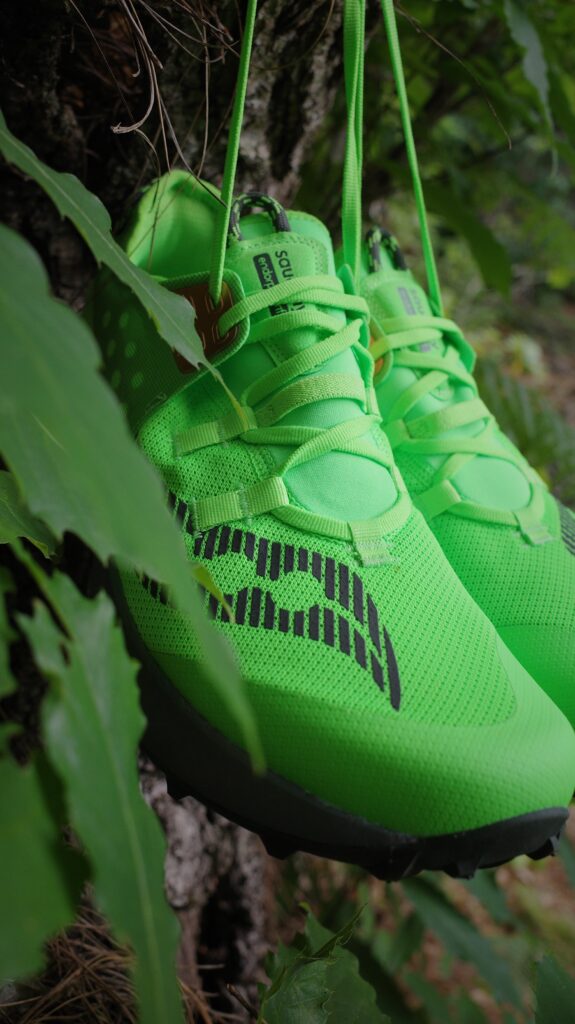
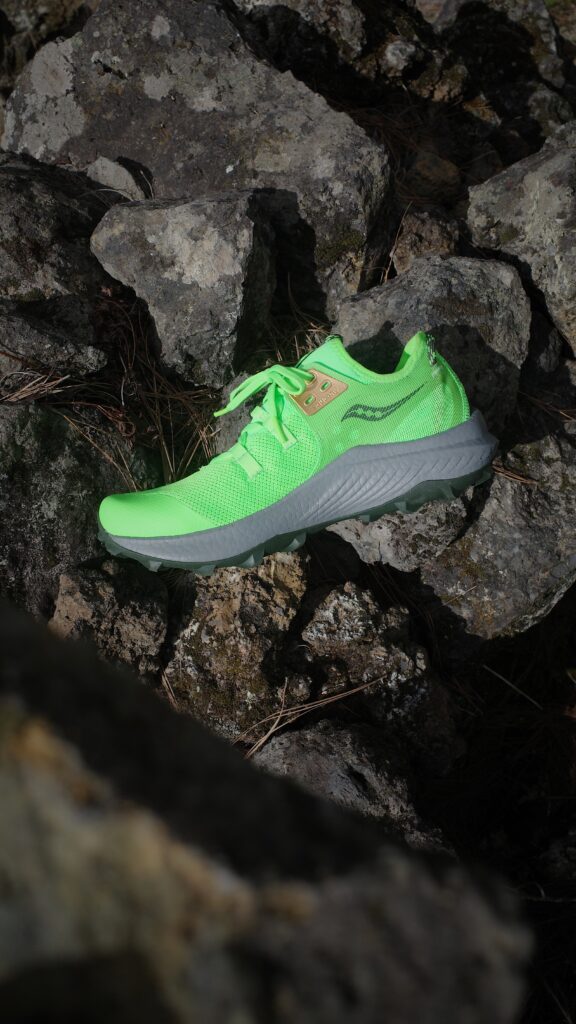
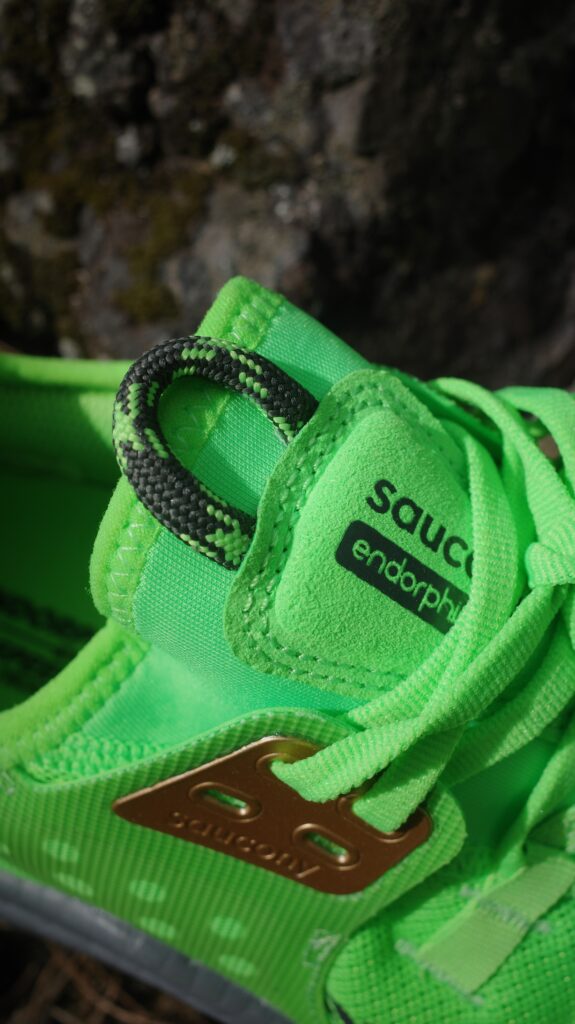
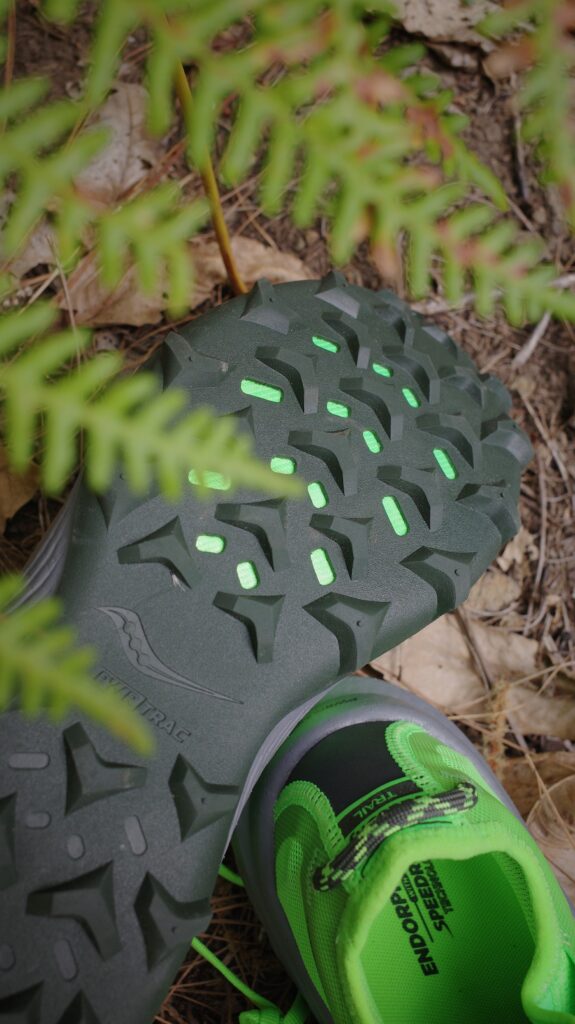
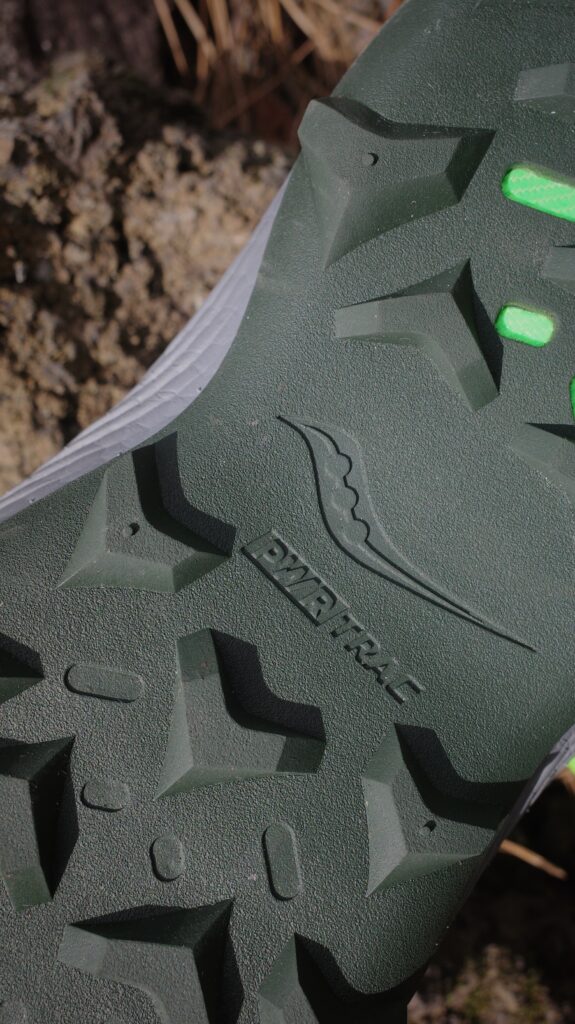
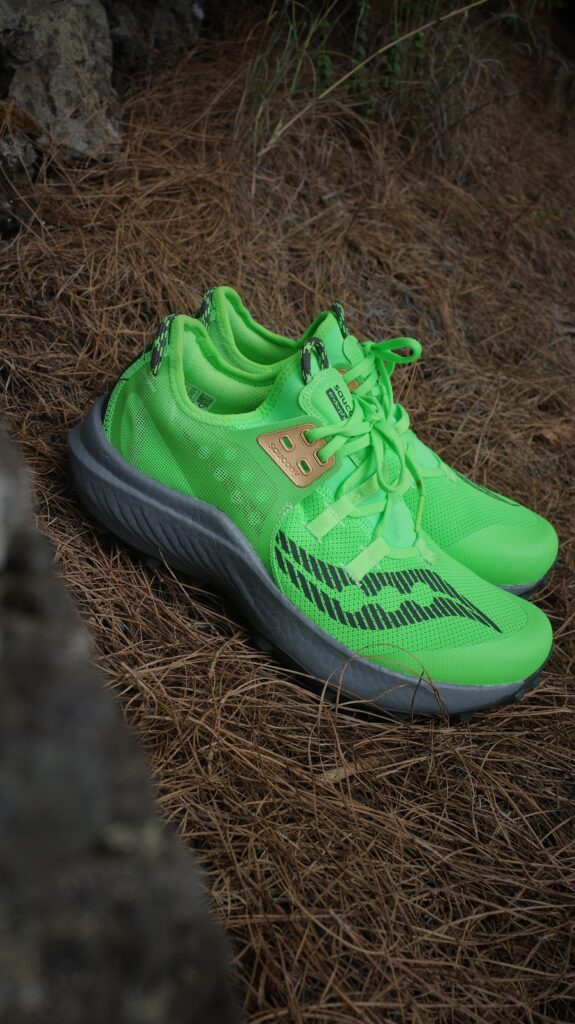
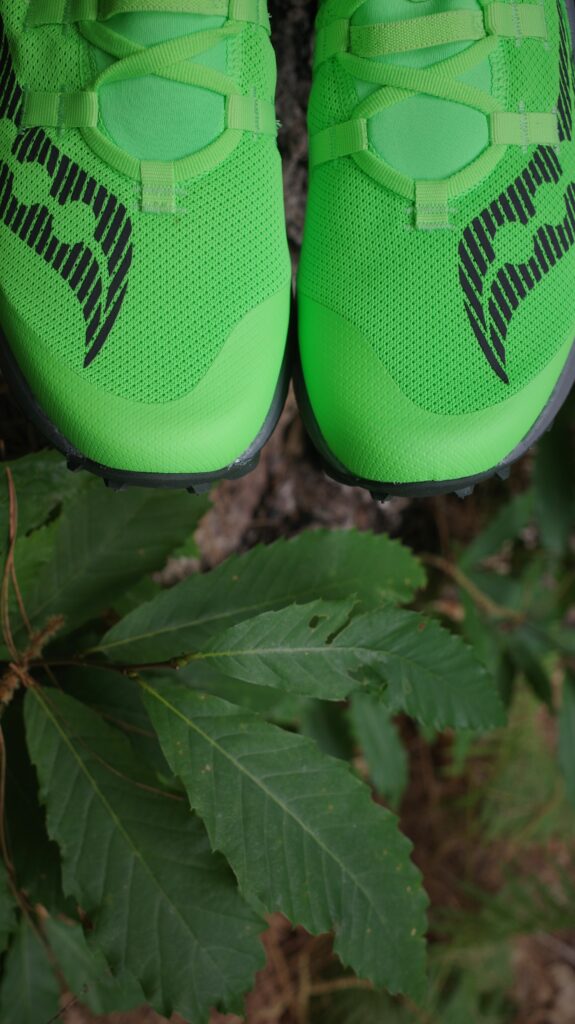

Tune of the day: dBridge presents Exit Records (The Aptitude Show)
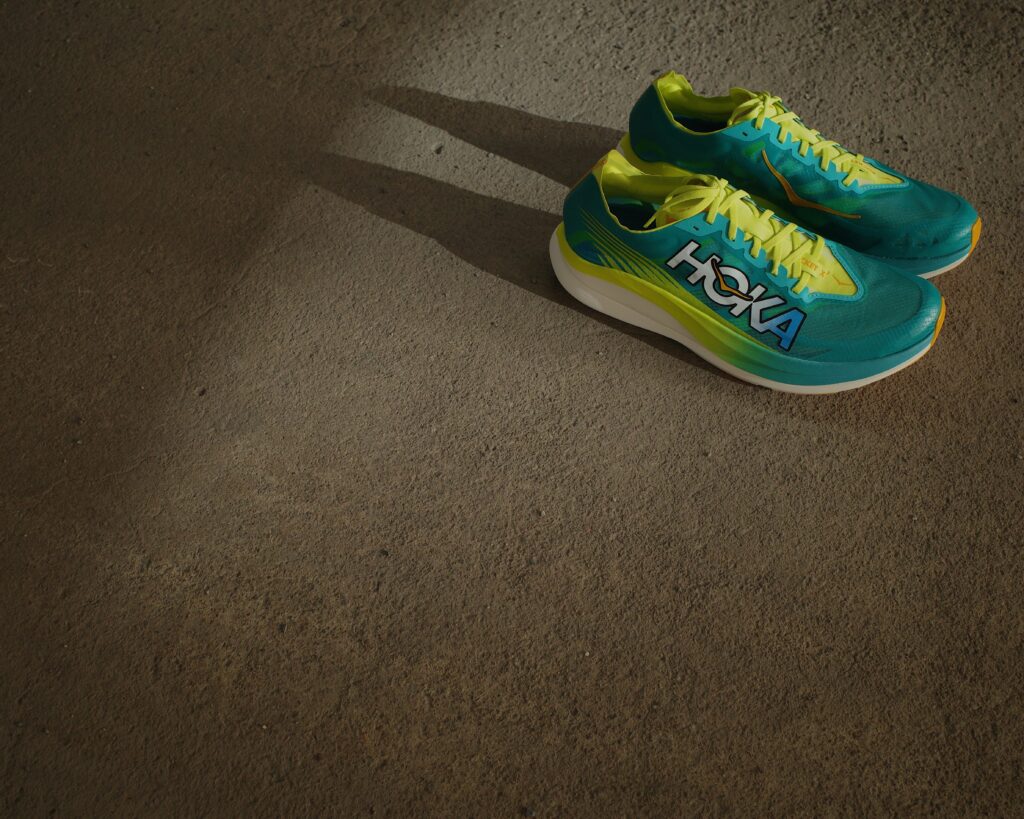
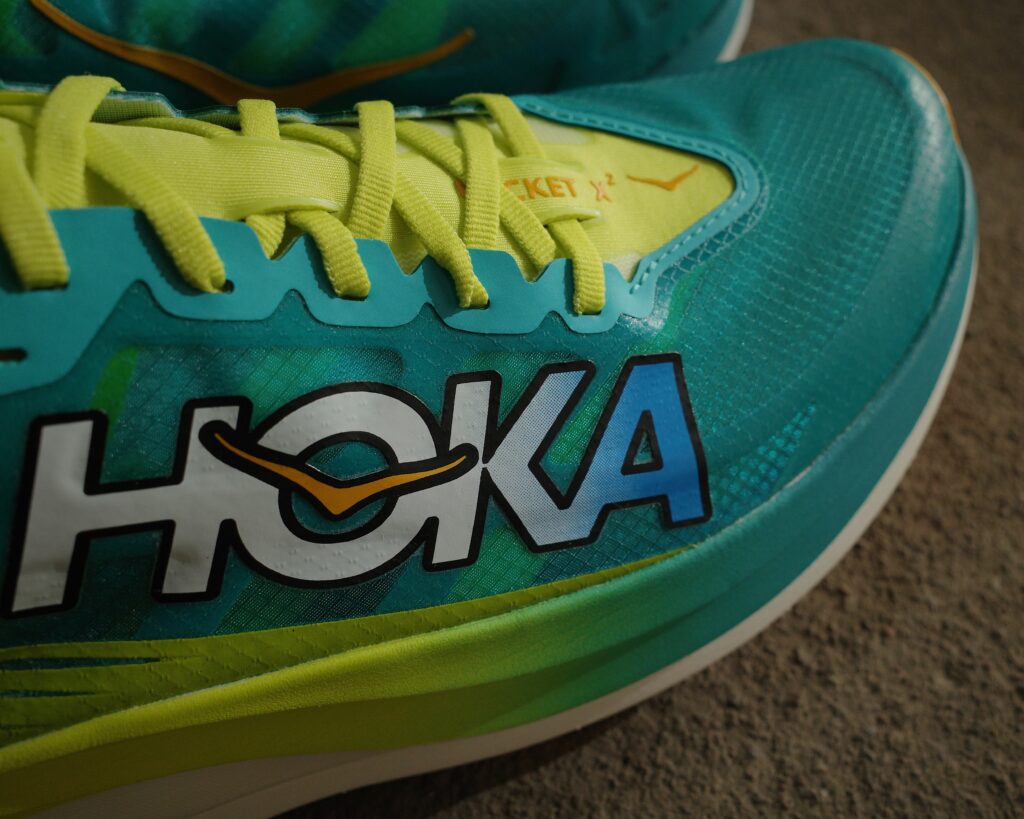
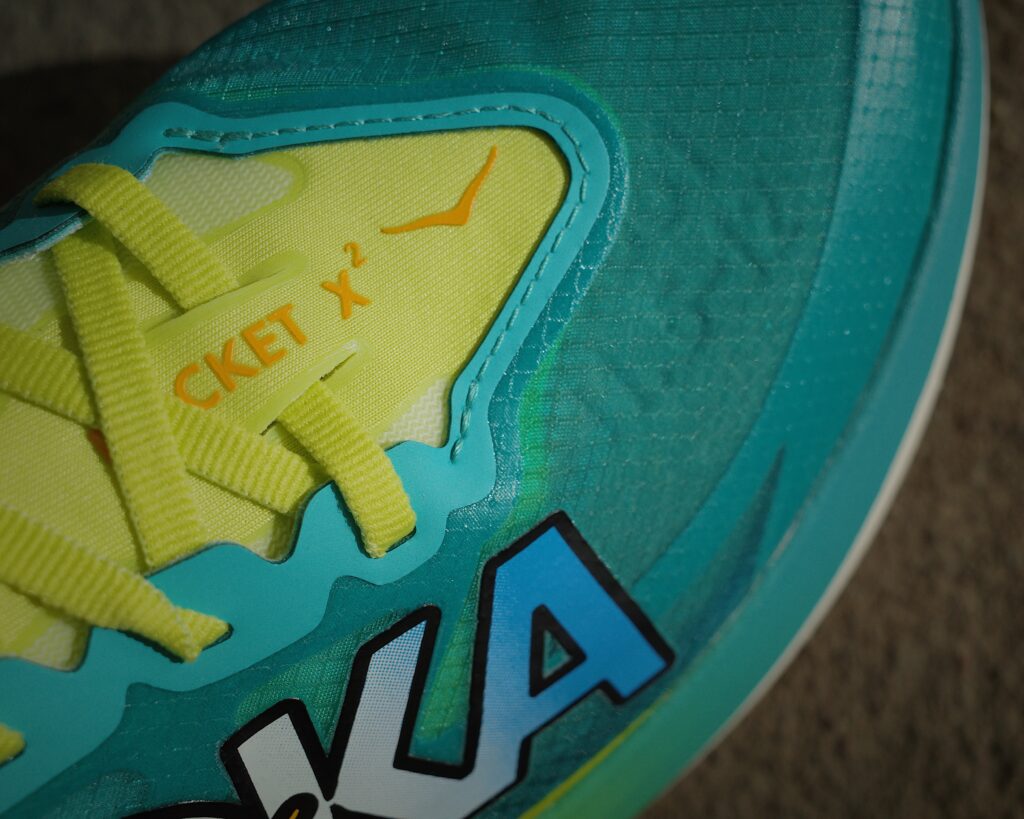
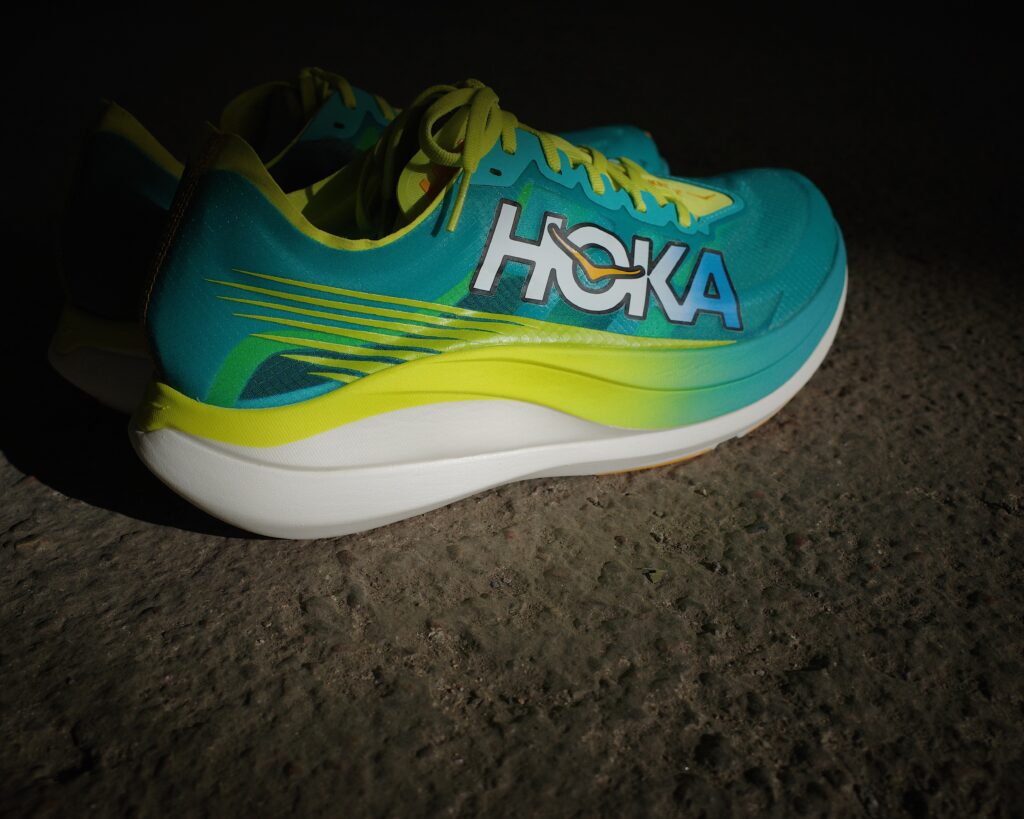
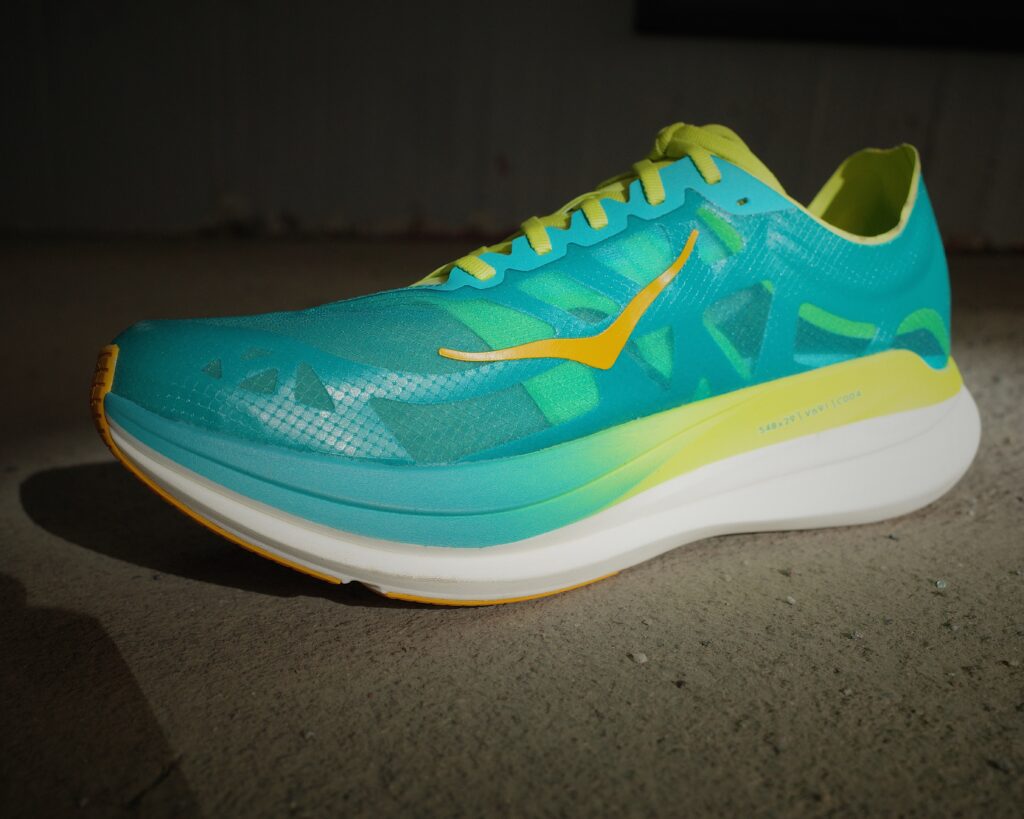
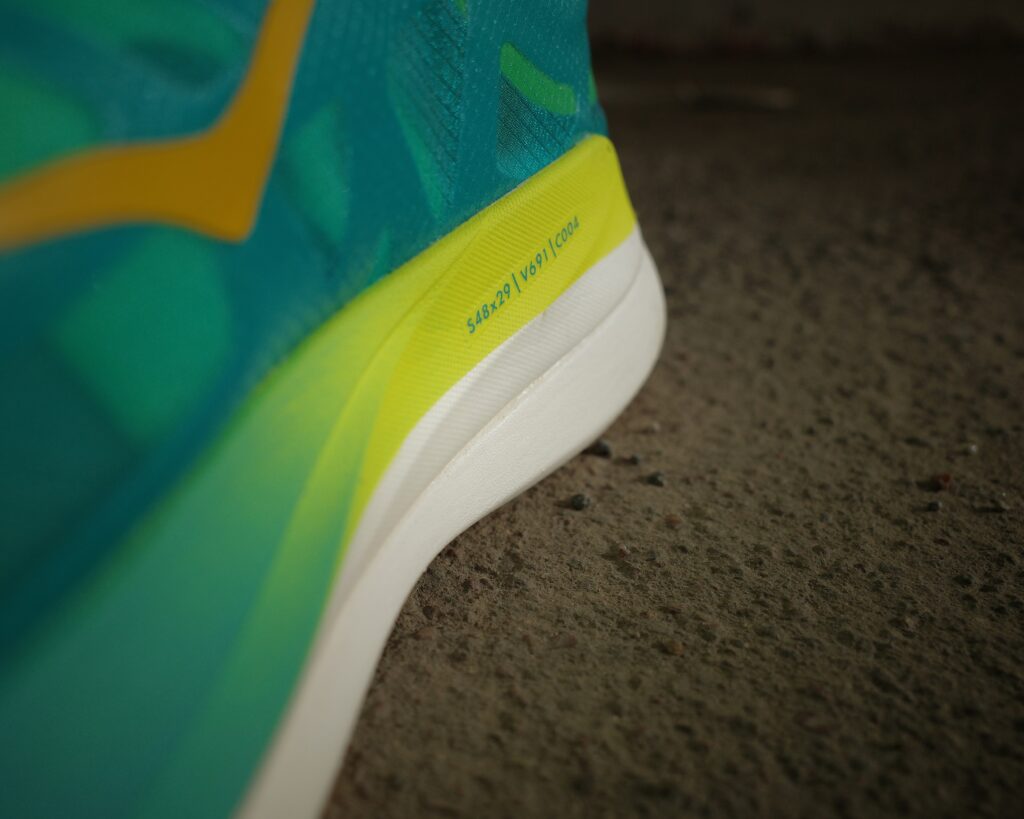
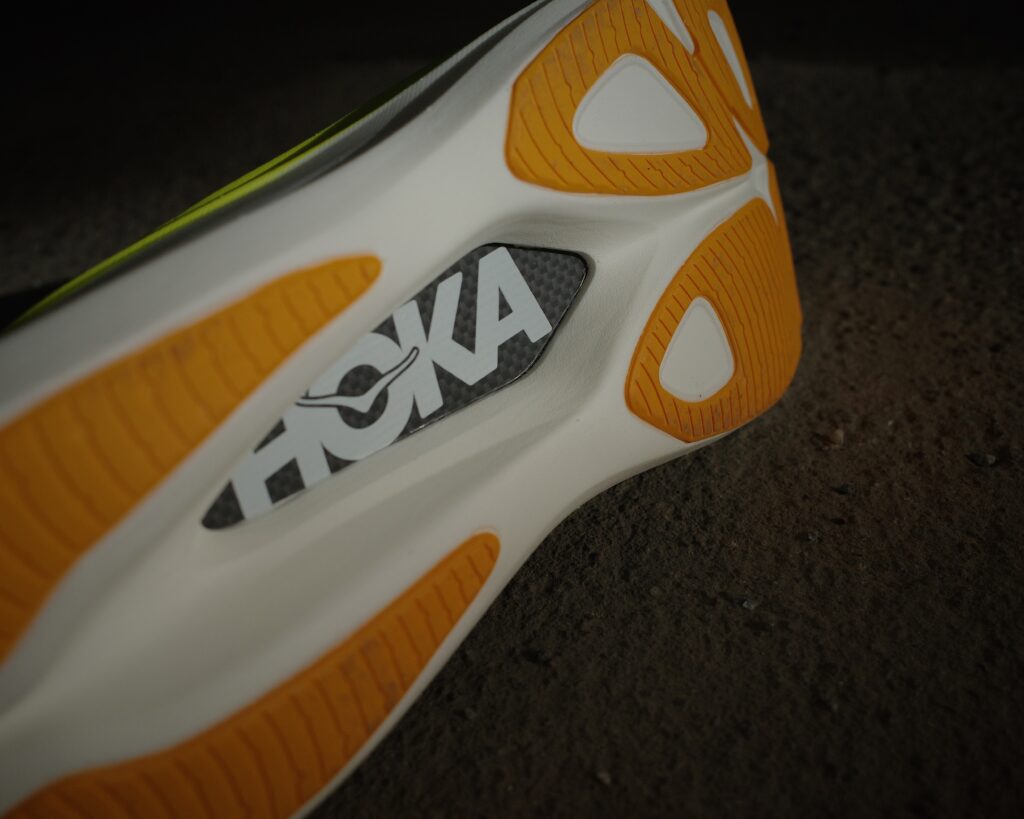
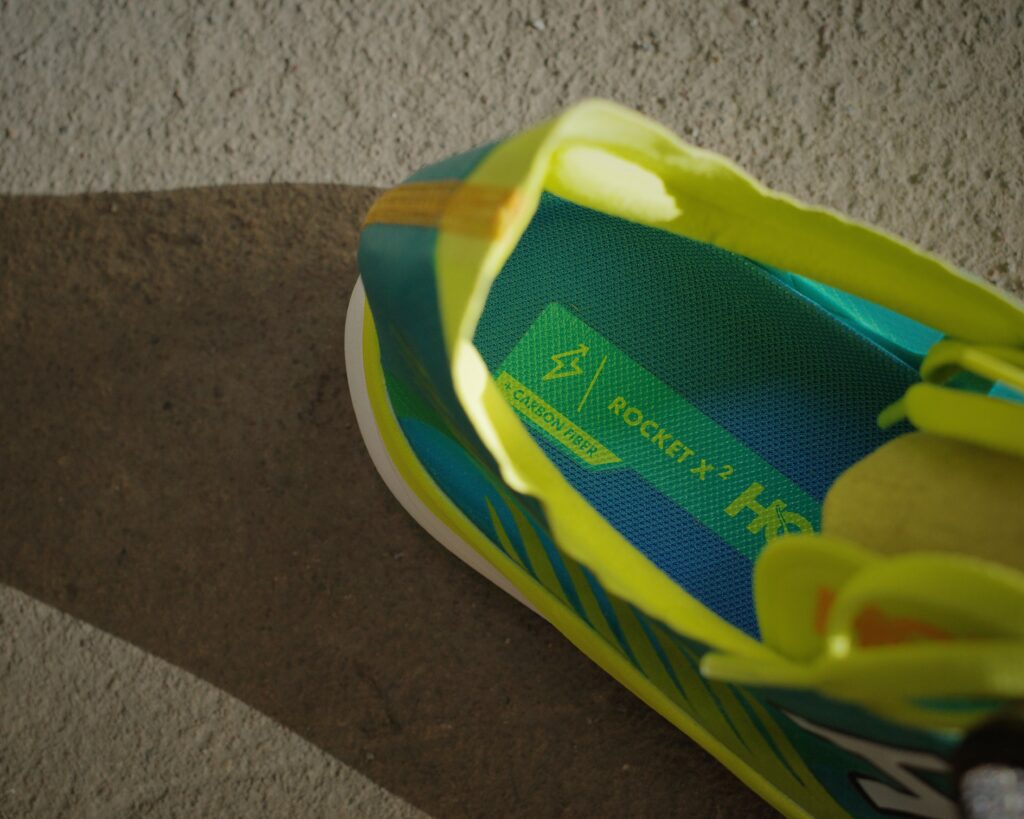
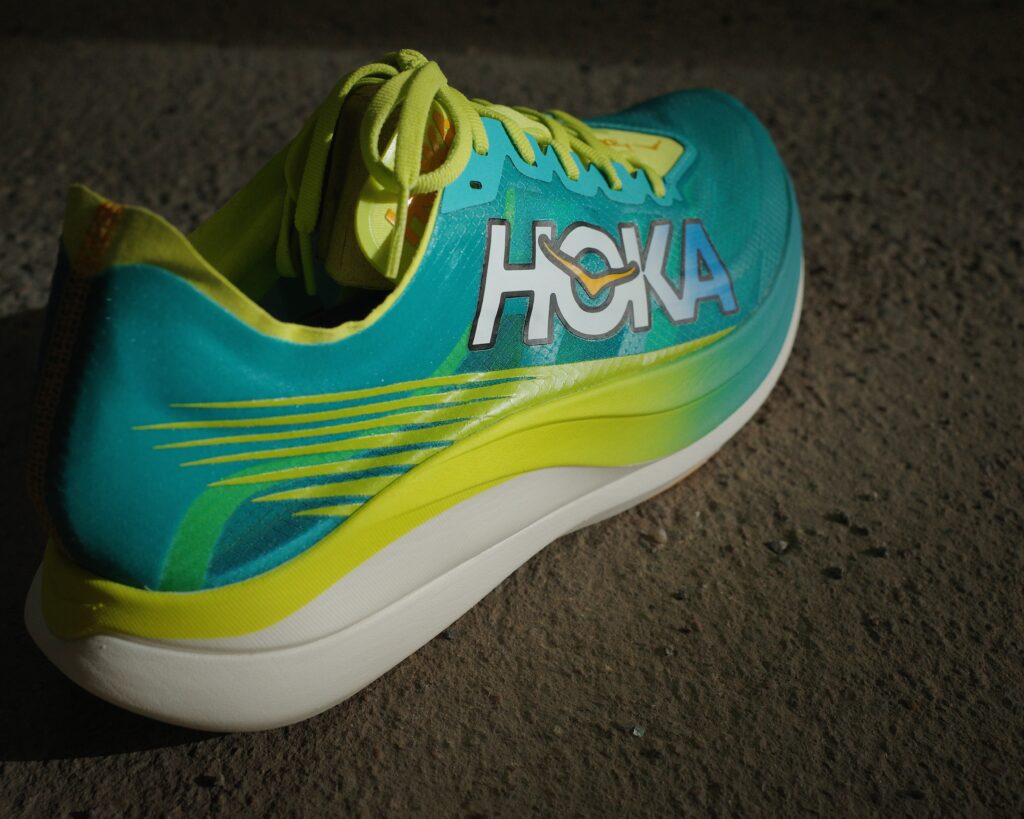
Tune of the day: Goldie @ HÖR
This competition left a proper impression from the very first time I heard about it. Skiing the iconic 90-kilometer Vasaloppet course during the middle of the night beckoned something distinct and inimitable. Back in 2018 I did an interview with Oscar Brandt and Christofer Eriksson who won back then. It happened that we were in Sälen in 2022 to watch the start of the race. A mere of 3.000 skiers lined up with their headlamps turned on – a very remarkable image that left me with the craving to give this competition a go – in the unforeseen future.
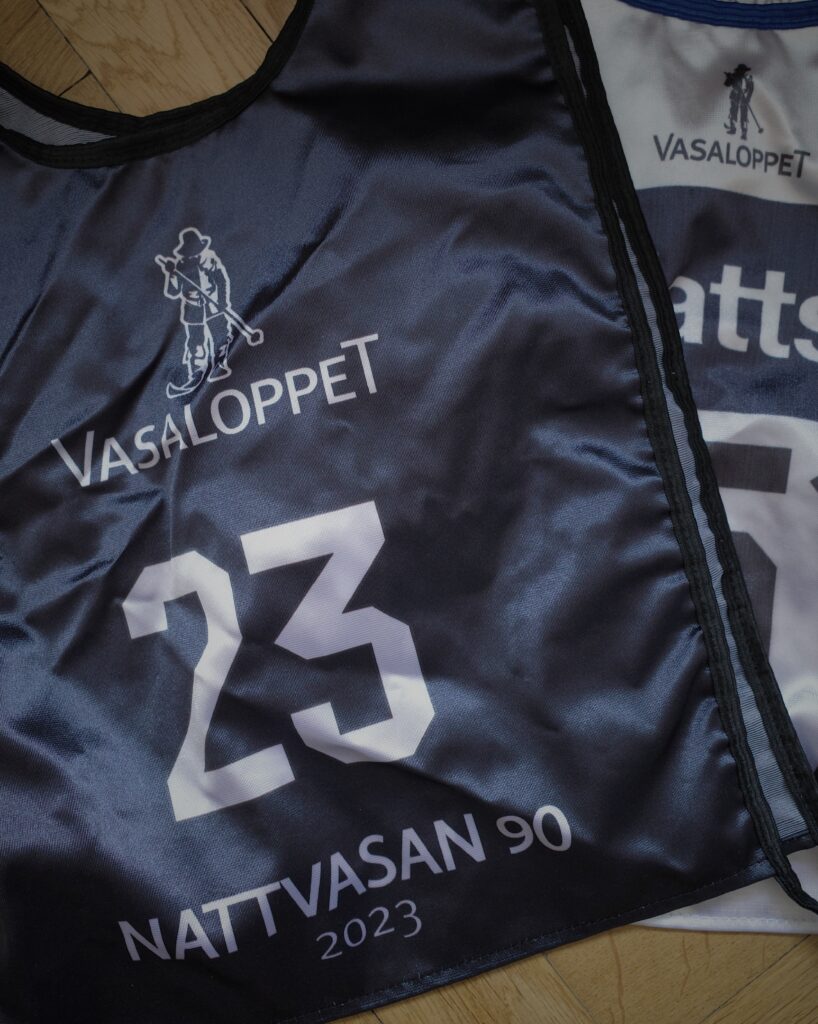
My primary XC skiing goal for this winter, another effort at the Nordenskiöldsloppet, got vanished as the distinct 220-kilometer contest got negated early on. Together with a friend I wanted to attempt a self-organized Double-Vasan approach but that sadly did not happen either. When this quest got called off, the Nattvasan pieces swiftly aligned themselves. Knowing that my friend Nils Spetz was an admirer of the race as well, it only took one phone call, and he was hooked. Together with our friends at Peak Performance we also had the appropriate outfit to face a gloomy night out in the Dalarna wilds. Spontaneous race trips are the best and even more so if the whole thing happens as flawless and natural as this time.
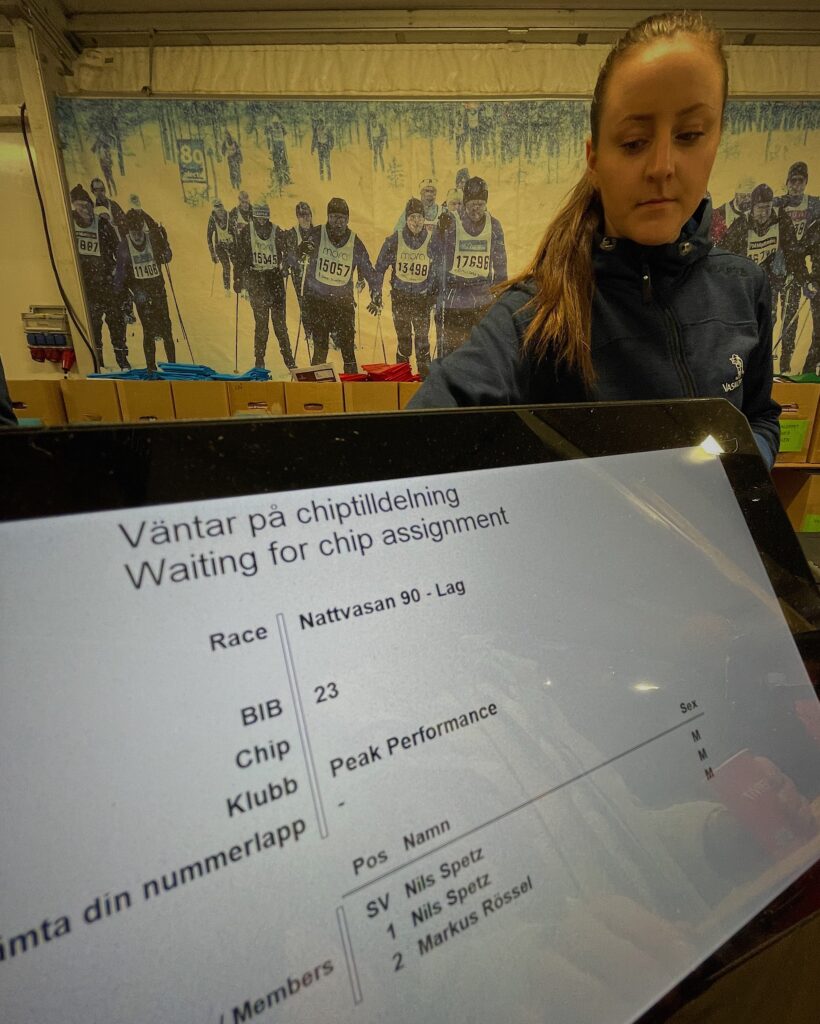
So, we sat in the shuttle bus from Mora to the start in Sälen and drove along the course. It was more than apparent what the conditions would look like. Substantial winds, especially on the plateau, shaped quite a challenging set-up for the impending nightshift. We heard that quite a substantial number of leaves and wood has been blown all over the tracks during the past few hours. The challenging setting formed some extra tension, but we were super eager and positive to get going. Admiring the team racing character in Swimrun, it felt quite natural to transfer this attitude into another endurance sport. Fortunately, Nils had the same attitude which made this mission even better.
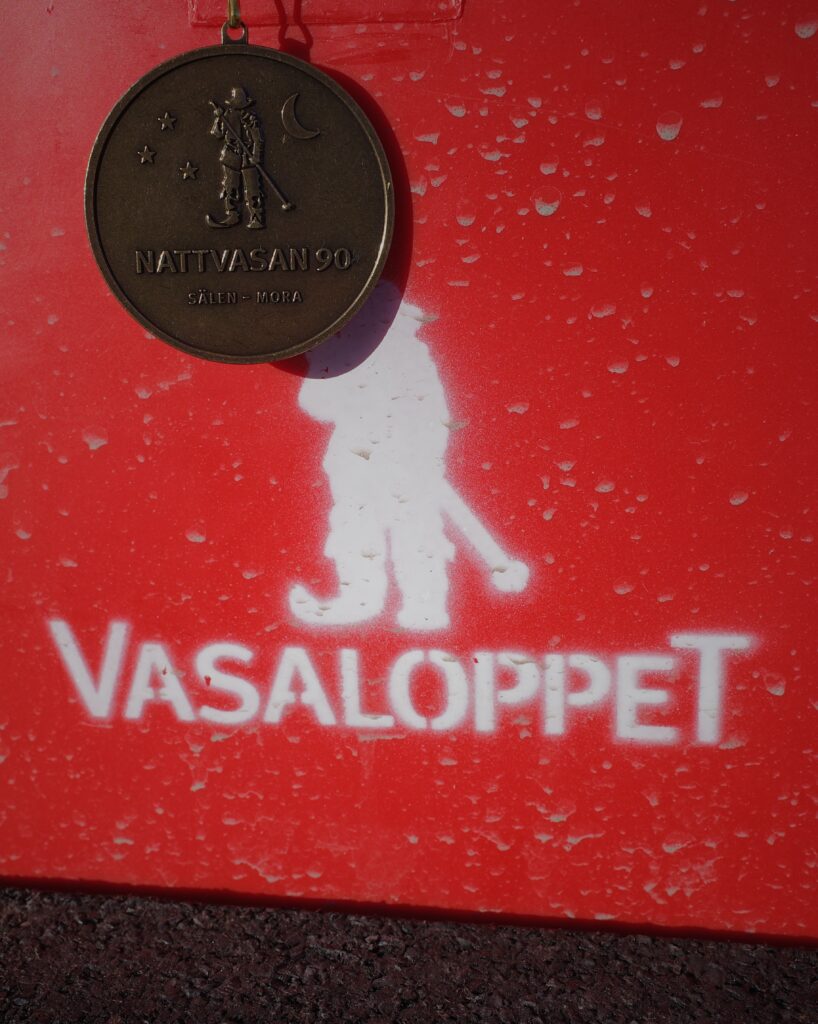
With a start spot pretty much at the front of the masses we were fairly lucky. The race got underway and notwithstanding all the typical Vasaloppet madness, this one set off quite smooth. Some minor incidents at the very start of the first climb but then we kept on rolling along nicely. The tracks were super frozen which made up for some fast splits. Every now and then the wind supported us, occasionally we struggled with the headwind and at times it was even thinkable to skate as the side winds nearly knocked me out. Half-Competently we freestyled our way across the course and adjusted the technique to whatever was the safest. An insane rollercoaster in severe wind circumstances. Sometimes exciting, most of the times creepy.
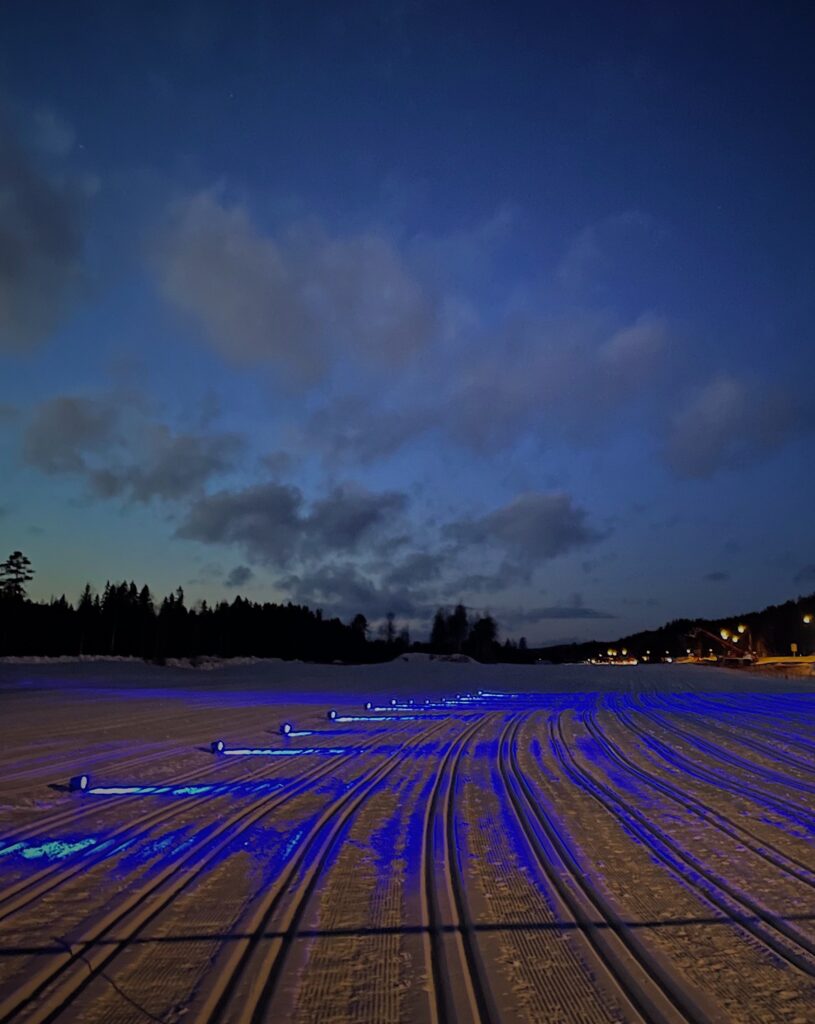
Even though the other Vasaloppet contests offer a rich aid station buffet, the Nightvasan set-up is kept to an absolute bare minimum which complements the raw adventure charisma. Some of the stations were not even maned. We managed quite well but were not prepared to the extend we would have liked to be. There is quite some knowledge to take away for a return to the scene next year. But the raw and simple approach paired with the night racing is something that was even better than I awaited. Nocturnal contesting improves a diverse perception and competing as team even widens this approach.
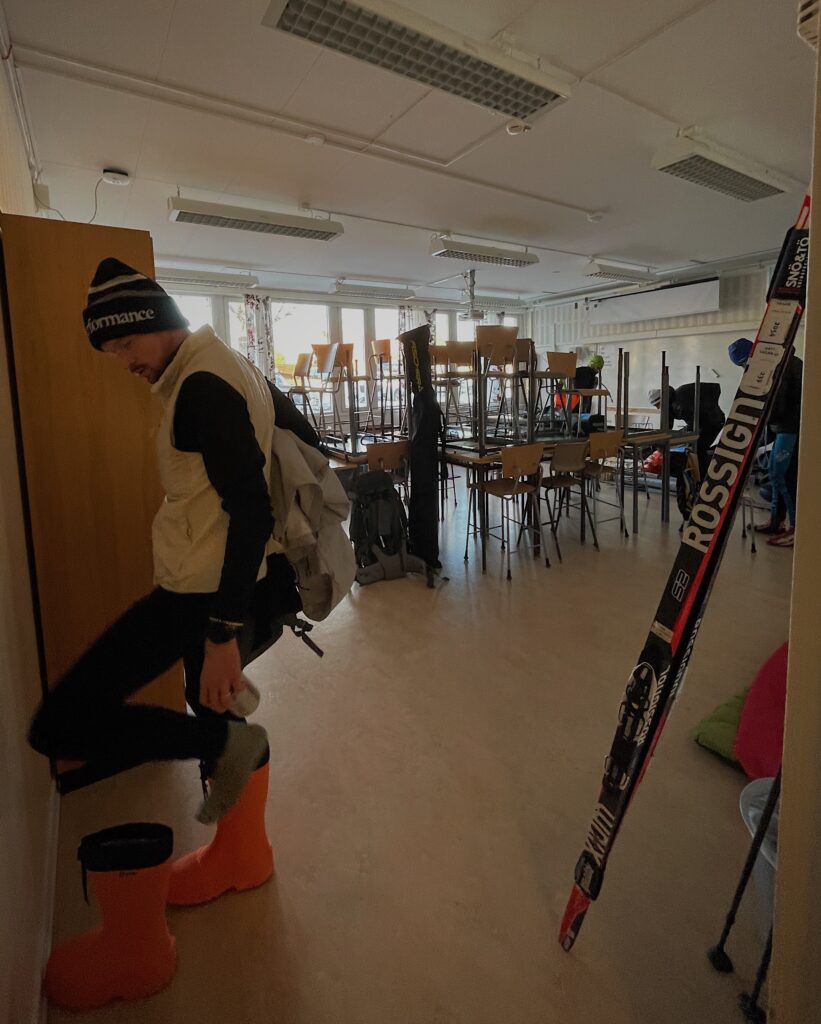
5:13:40 hours later and at 01:13 AM our Dalarna nightshift came to end at an uncommon, deserted Vasaloppet finish line in Mora. We got precisely what we wanted, a tough and challenging night on the tracks with a very satisfying ending. To be continued…
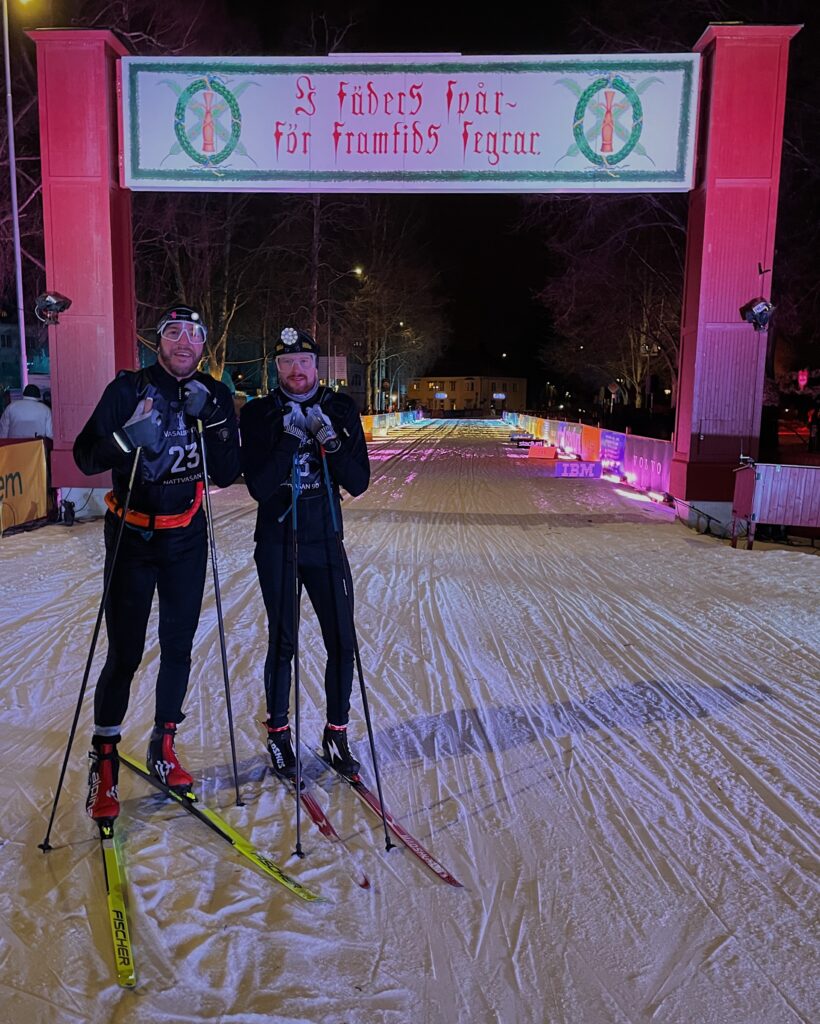
Tune of the day: Alcapella – 100 Mad Presents Heritage
I left last years Vasaloppet with a creepy indescribable feeling. The race itself doesn’t need any introduction or portrayal. I have been writing about it on this complimentary cyberspace site more than a few times and I haven’t altered my view at all.
Vasaloppet Sunday is the big day. And while I was profoundly and truly captivated as a kid watching German TV and the “Sport aus aller Welt” program, seeing all these thousands of skiers racing in the direction of this first climb, it really takes time and understanding for Swedish culture to fully get it. Personally, I do not know any other one-day sporting event that influences an entire country and its society in such a way as Vasaloppet does. Everybody knows about it. Every person appreciates it and everyone, to my full surprise every year, can judge the finishing times.
I’m fully sold on Nordic skiing and living in a country that makes it easy to train this sport, makes Vasaloppet the logical yearly pilgrimage. In 2022 I did the main race. Deprived of a qualification time that can be recorded in other XC ski competitions one need to start in the very back. I was privileged to get the chance to move up to start group 7 that year.
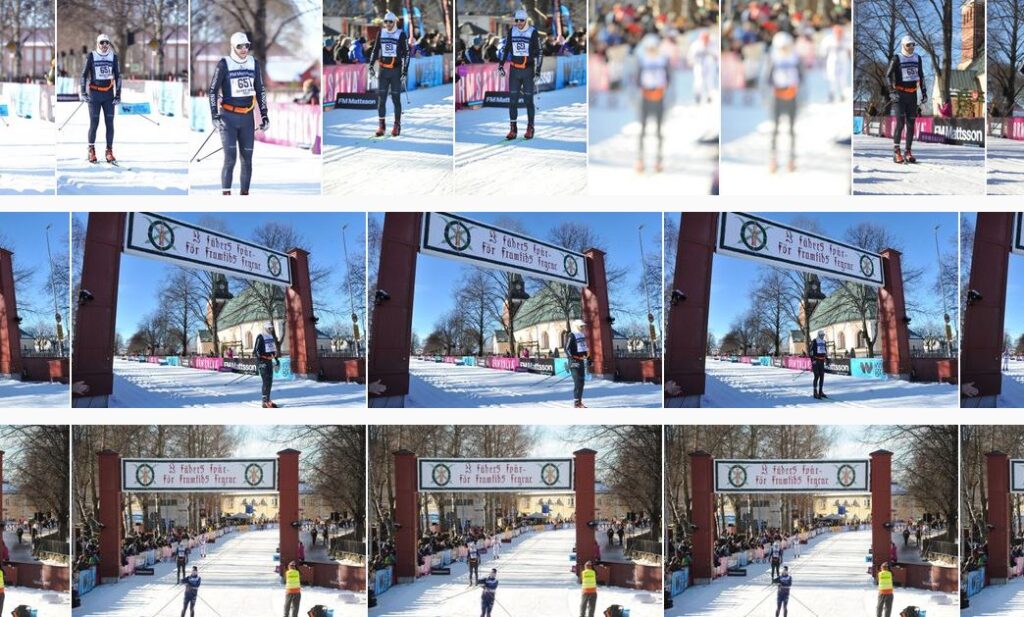
The morning of the race, people start queuing for hours to nick a perfect start spot. Preferably in the very front of their heat. That meant that I walked down to the start, waited for hours to put the skis down walked back to the hotel and had breakfast. After some time, its back to the start and then the 2nd queuing will sooner or later start as thousands of people try to get up this first steep hill. I waited there for approximately one hour with complete halt. So, the real race feeling never came up. Image running the New York City Marathon and waiting on the Verrazzano Bridge after 500 meters of running…
Full tracks but still remarkable crowds along the scenic course were great but the definite performance on the day was hard to measure. Something that left me unsatisfied. With only two seasons of proper ski training, I could be aiming for a qualification time to get me further up the ranks. Something that theoretically is a goal in the future. Until now I might have the endurance, but I miss the raw strength that is needed to call Vasaloppet a race. Therefore, we decided to not do the main Vasaloppet this year and participating in the Öppet Spår, the open track, competition the weekend before was the top decision.
No cues, not as many competitors and no traffic jam on course made up for everything. Joint with a sunshiny day that shaped an appropriate Dalarna propaganda day was fairylike. We arrived at the start in Sälen on time. Didn’t had to wait for our starting bibs and just went to the starting corals 15 minutes before the start. After last years disturbing queuing experience this set the day off in a dazzling and happily unspectacular way.
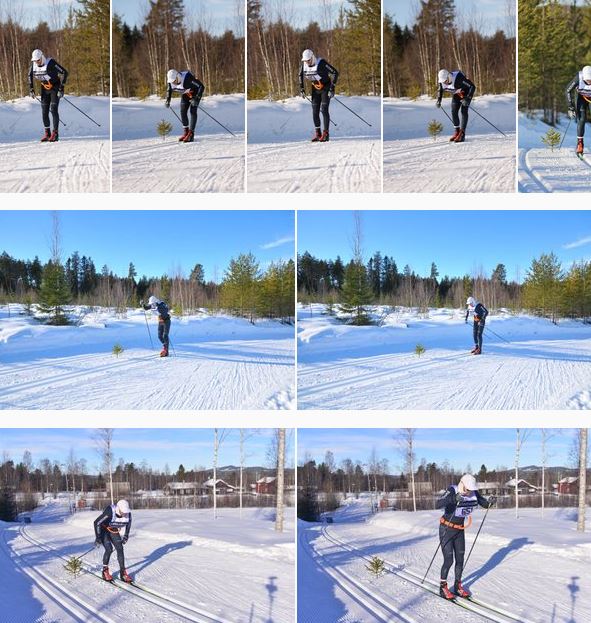
When the gun went off, I could ski the first climb and even appreciated some parts of the course completely on my very own. A feeling of freedom that I experienced at the Nordenskiöldsloppet last season. A feeling that I love when XC skiing. Wouldn’t it have been for one of the nastiest energy bonks I ever had, this would have been an astonishing day. I totally bashed awfully early on in the race and only came back after gasping 2 Maurten caffeine gels and nearly half my hydration belt.
After 5:24 I arrived in Mora. Very happy and lastly knowing how fast I can ski the course. I was fitter last year so that still leaves room for imagination and enthusiasm. The big and “real” Sunday competition will be on the agenda sometimes. Then with an upgraded body posture, a qualification time but still with the same love for this sport and its supreme race.
Tune of the day: DROELOE x IMANU – CATALYST
XC Ski season is in full swing and I’m loving it. Living in a major city that has so many ski possibilities is unusual and I’m really appreciating it. With Vasaloppets Öppet Spår Monday (Track) and the Nattvasan (Track) coming up, I really appreciate getting stuck in the skiing mode.
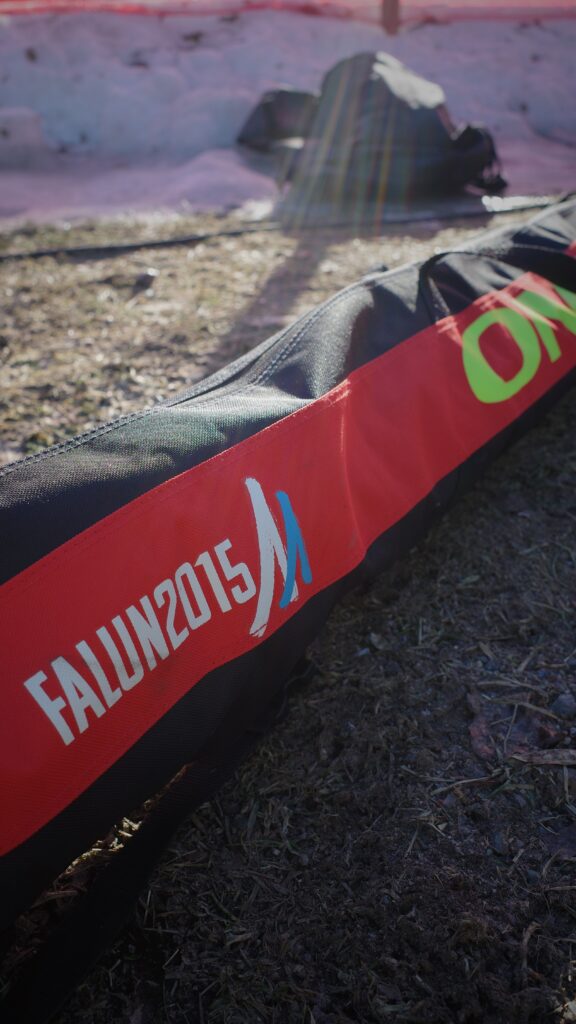

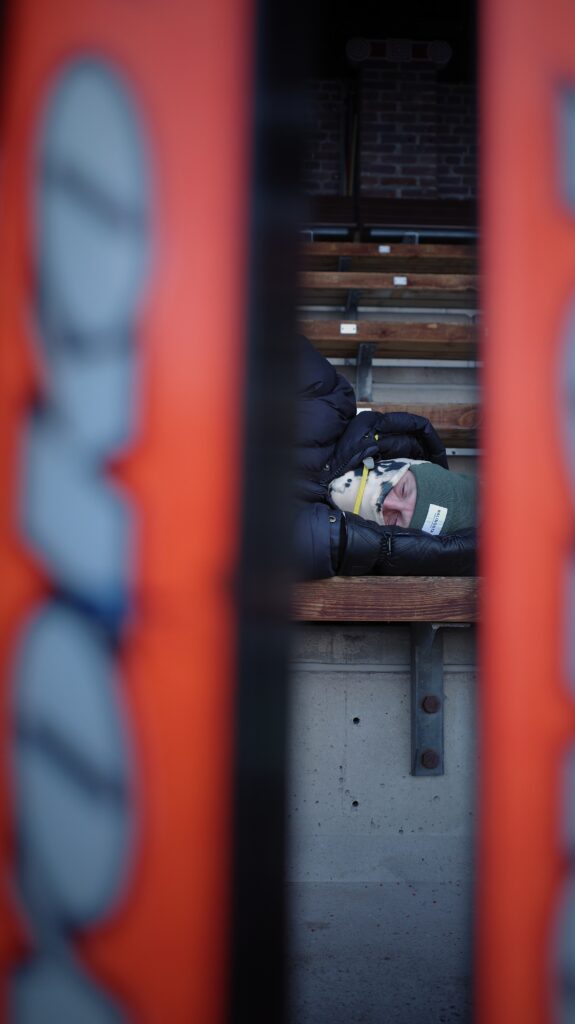
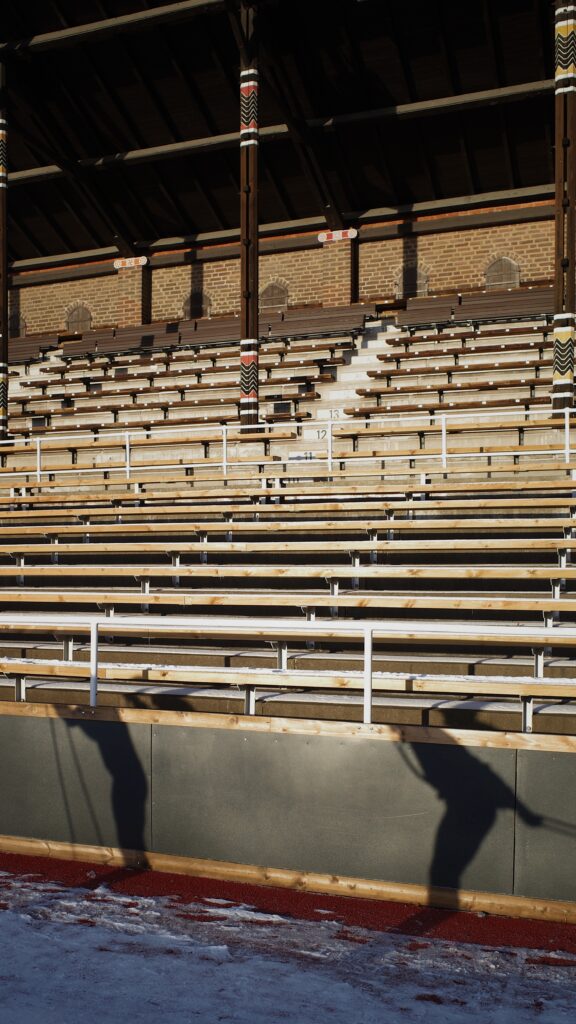
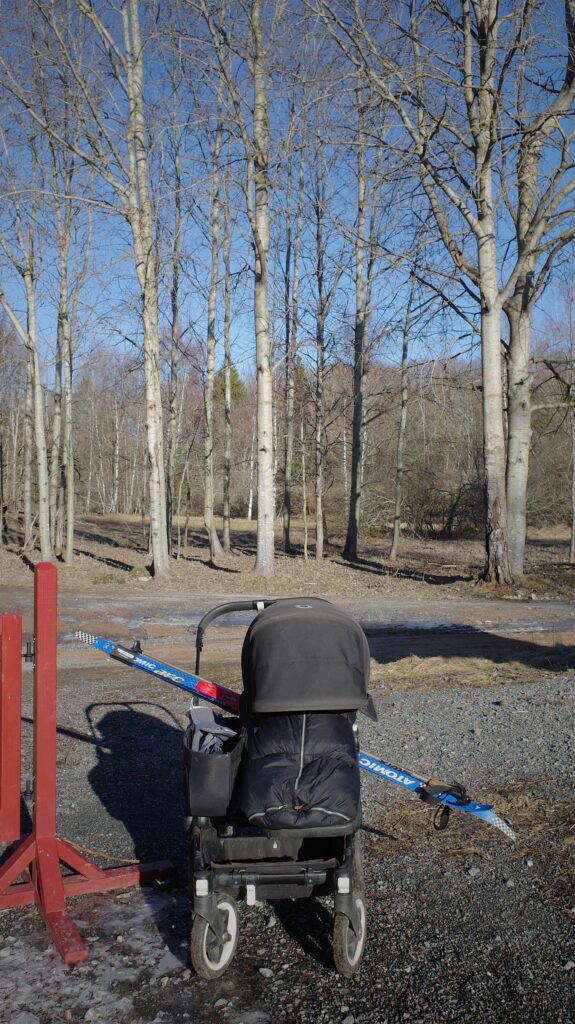


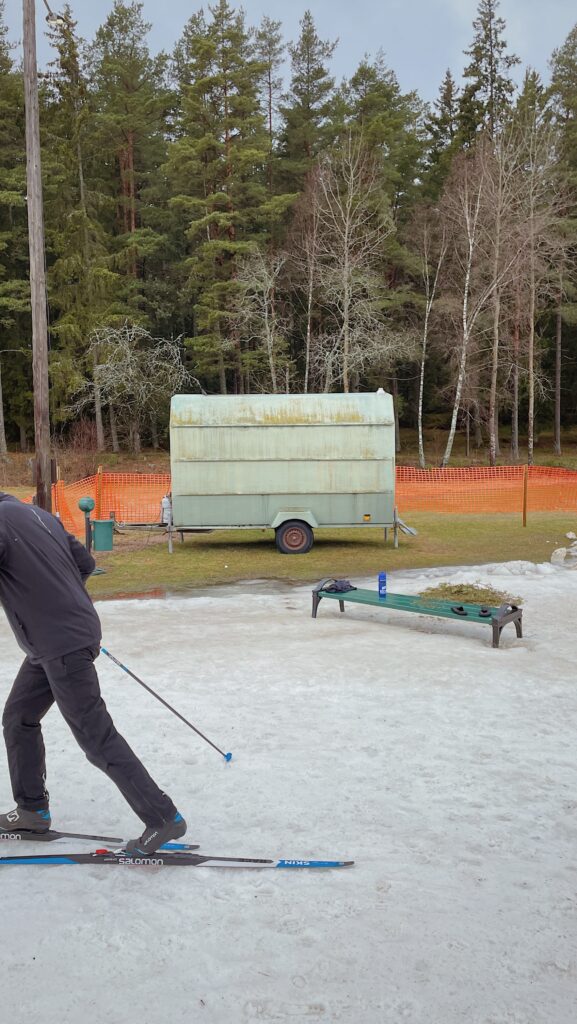
Tune of the day: Jon Hassell -Psychogeography (Zones Of Feeling)
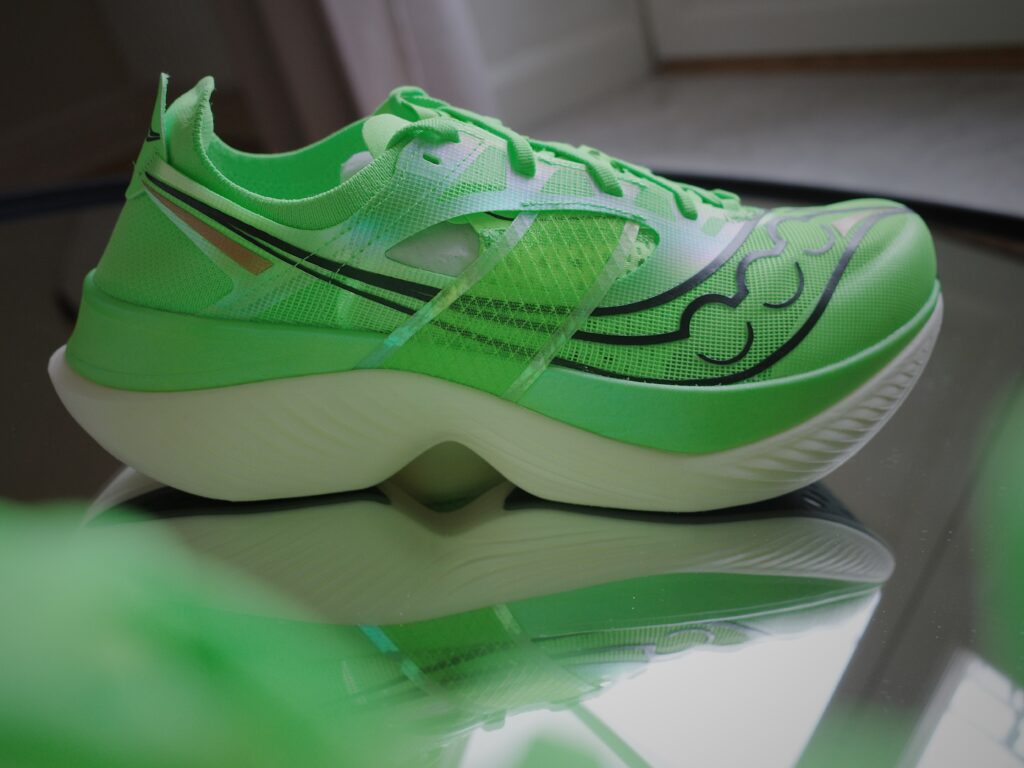
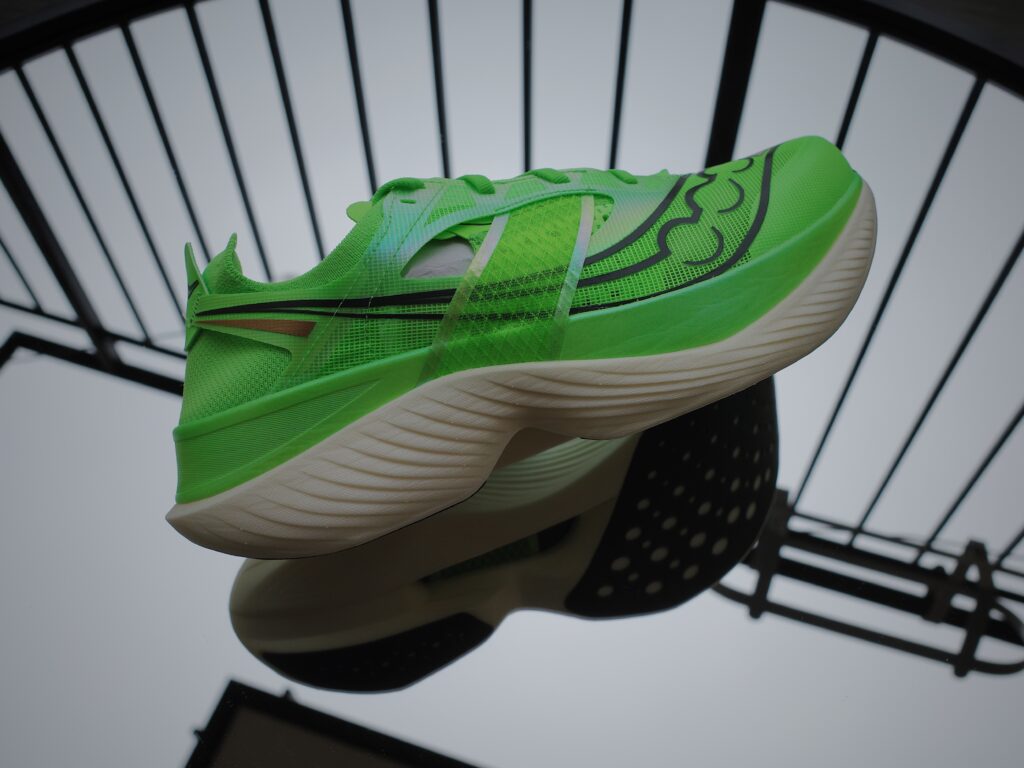
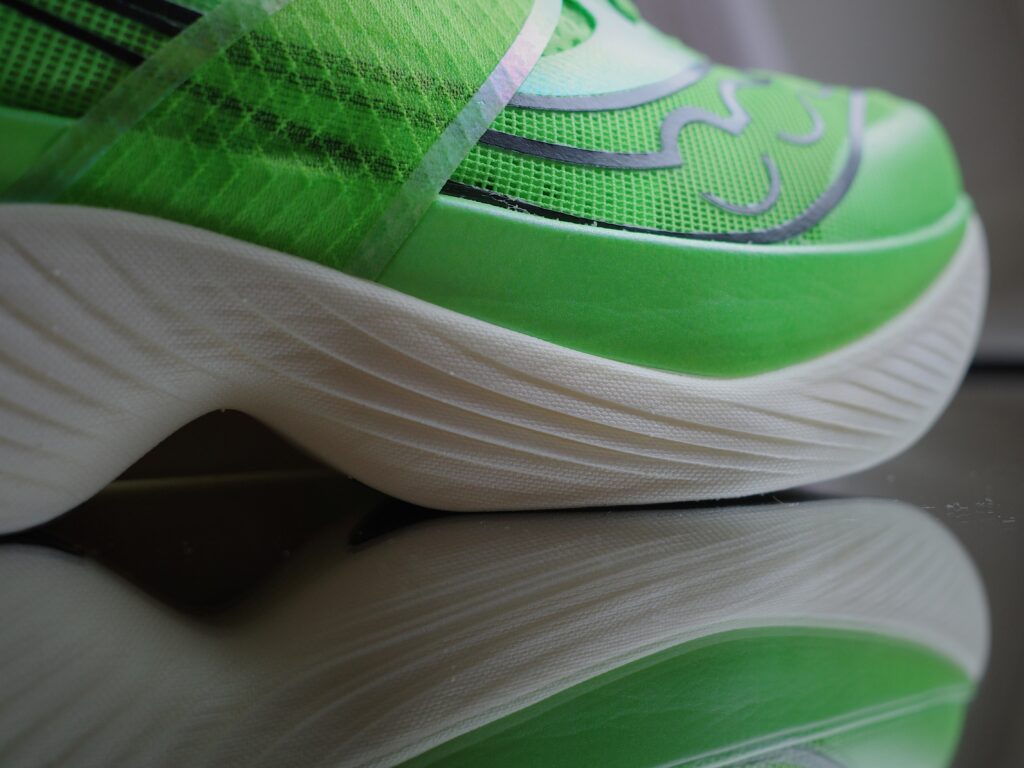
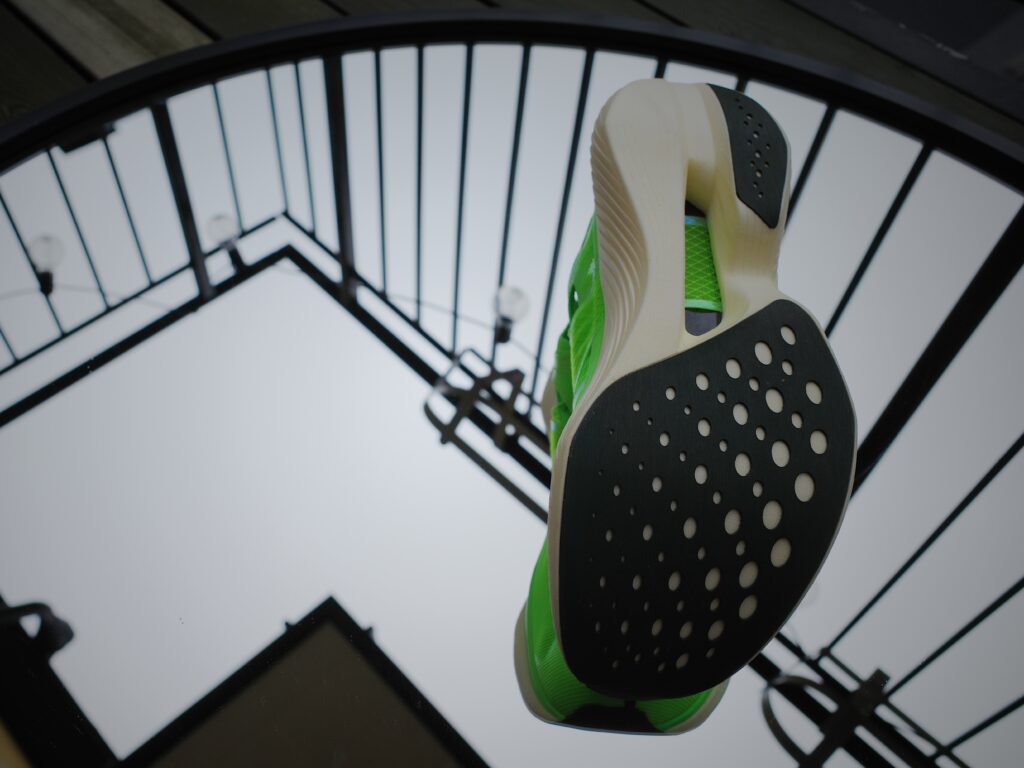
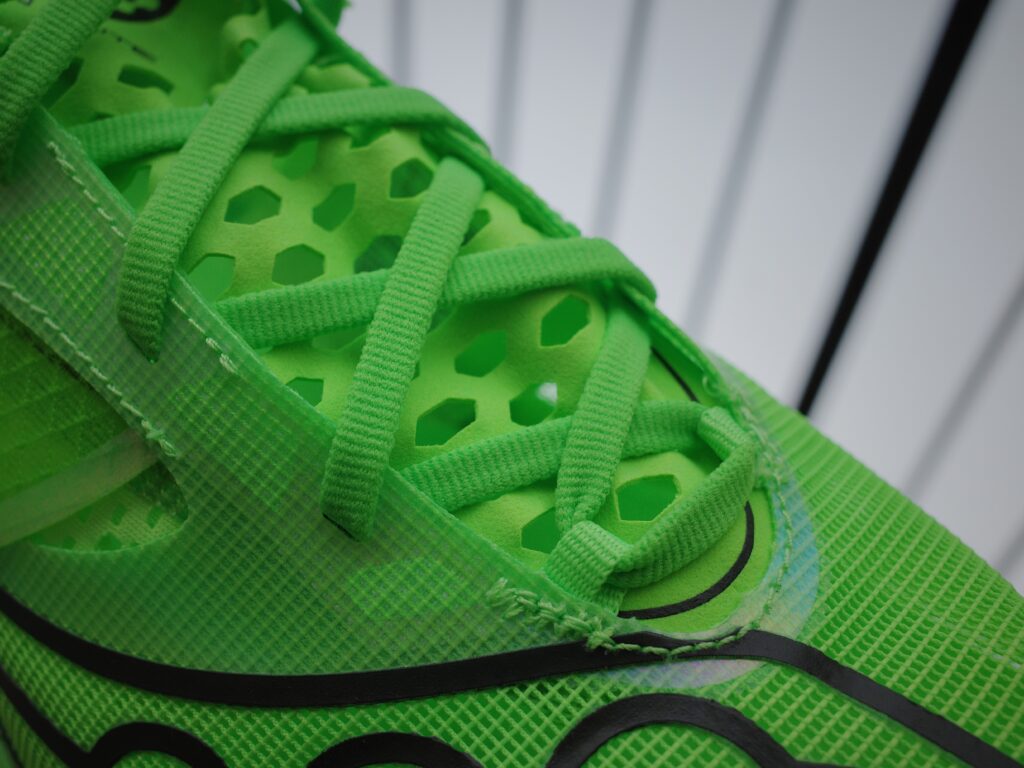
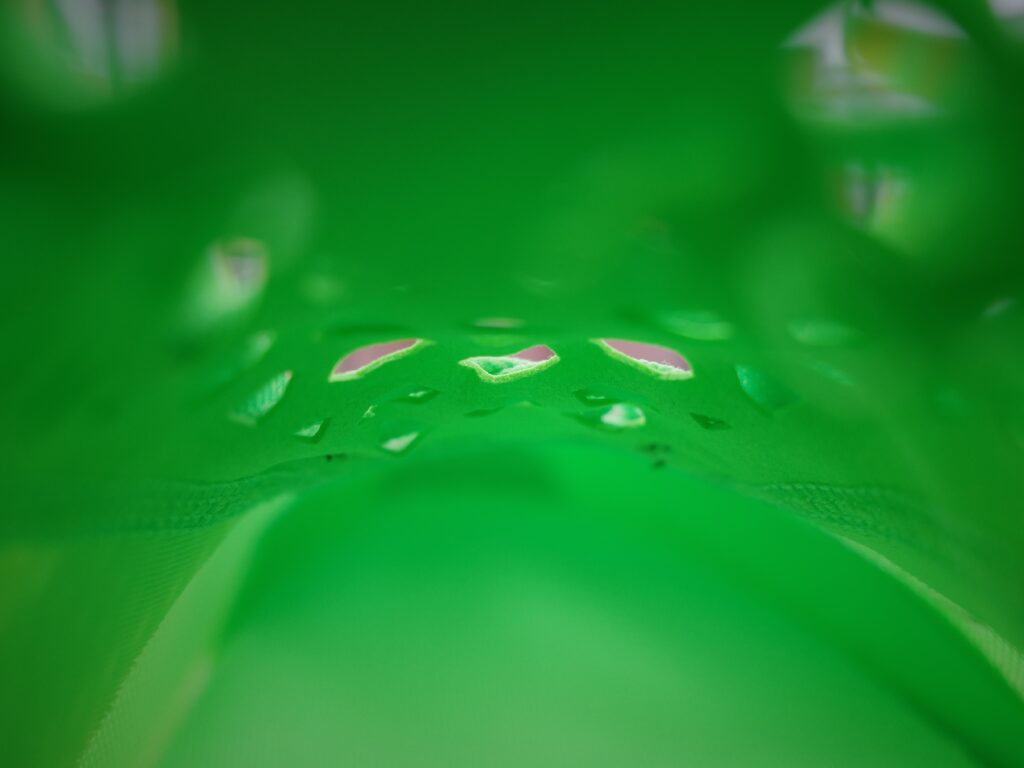
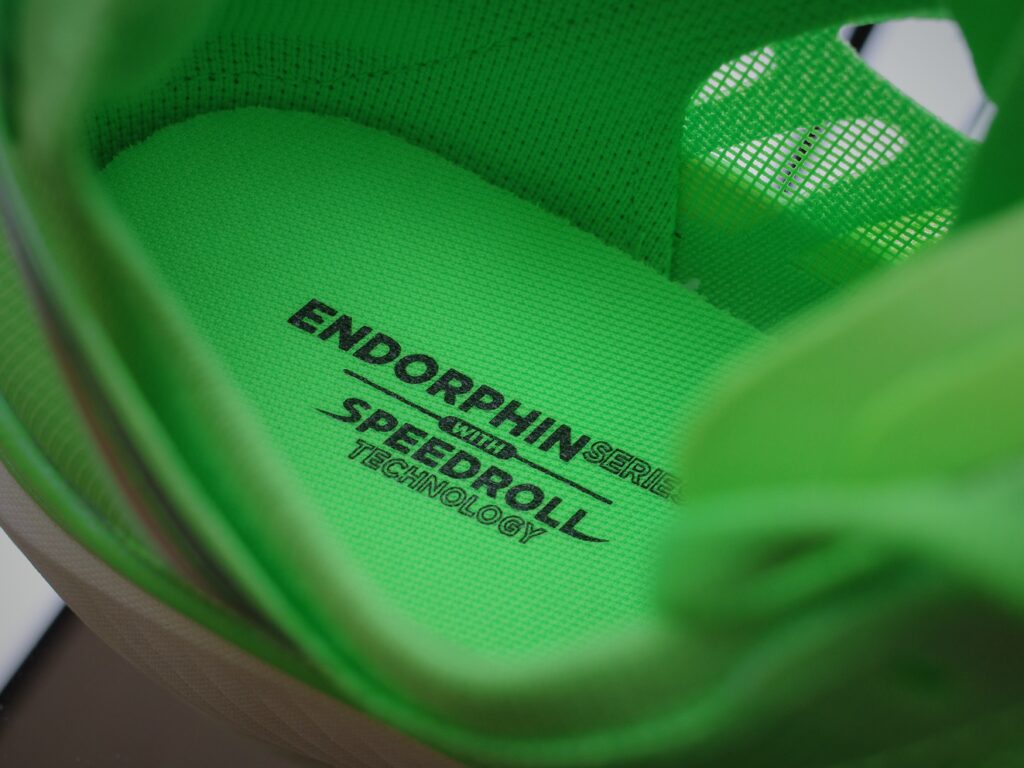
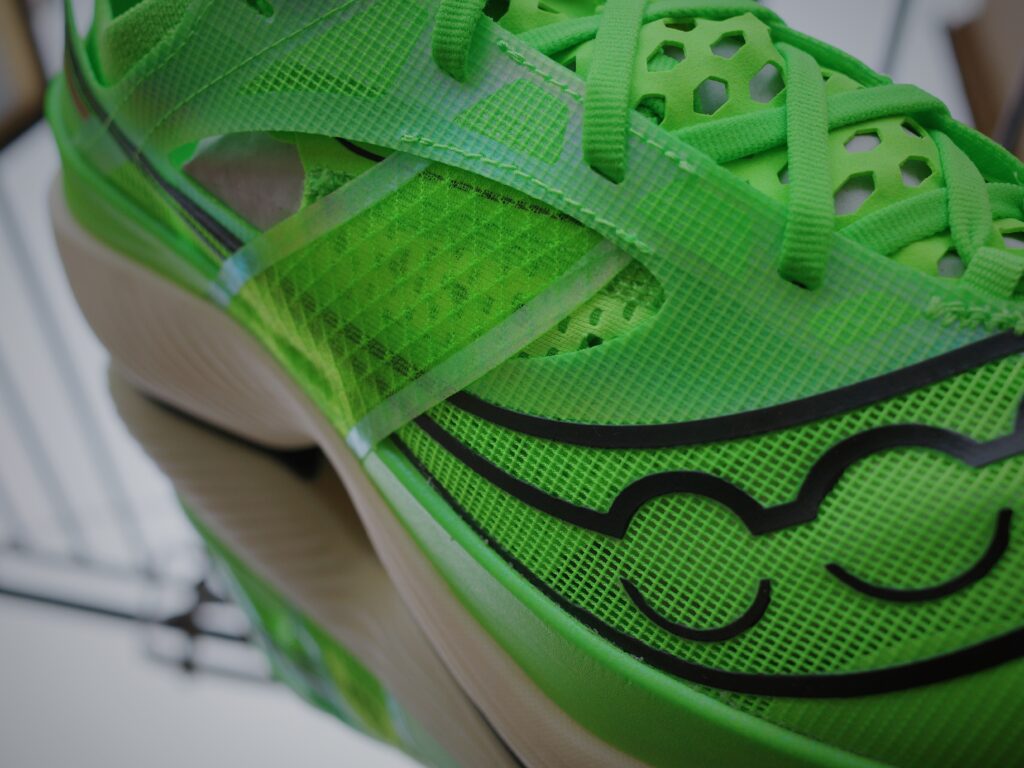
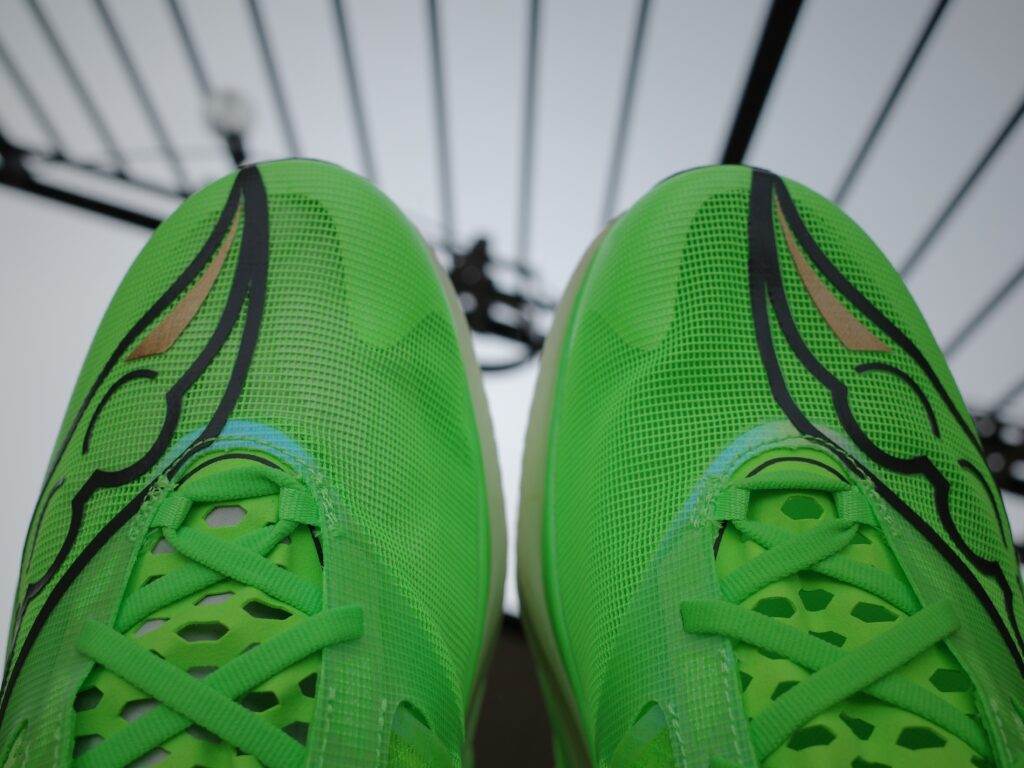
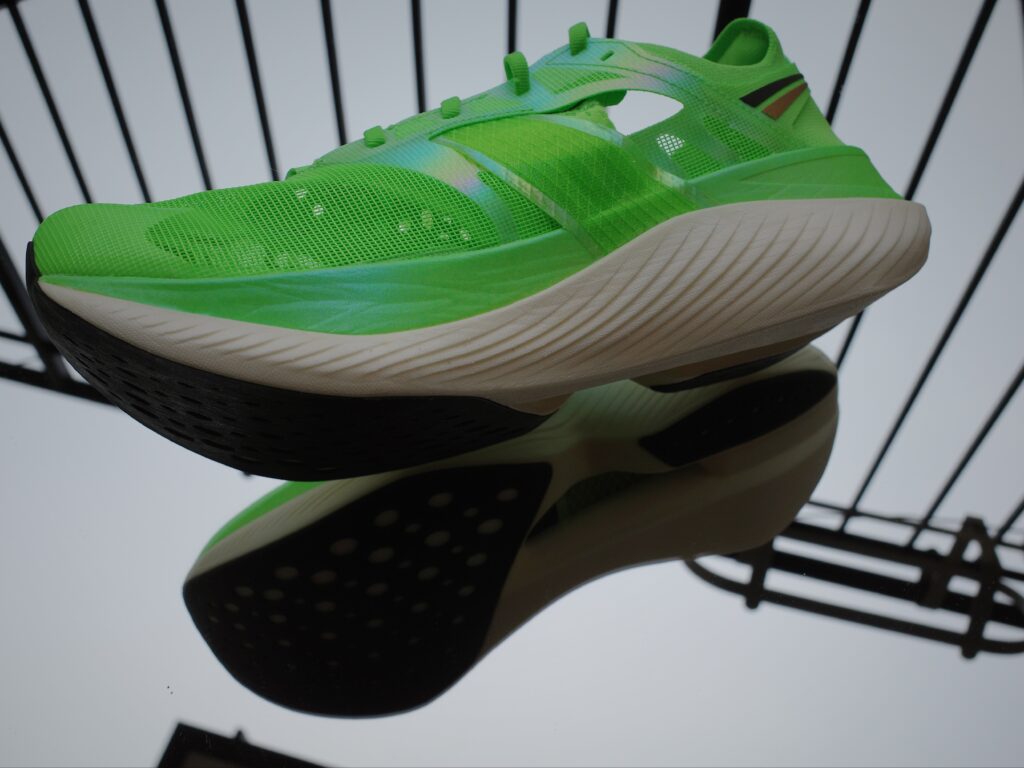
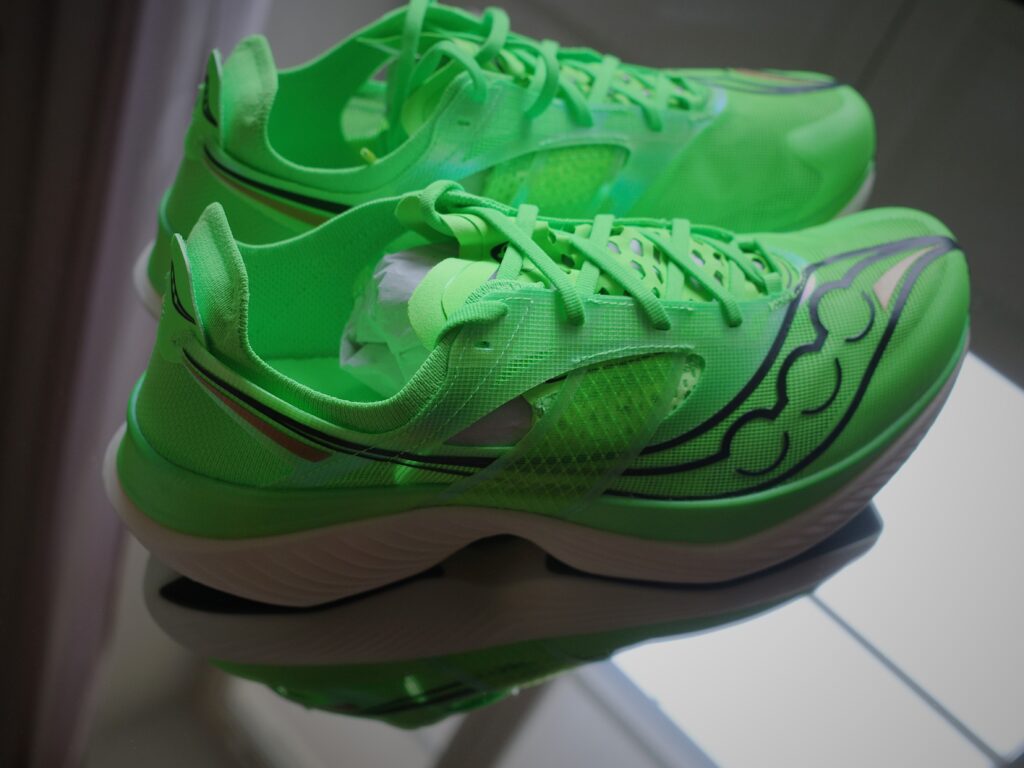
Tune of the day: Strategy – Graffiti In Space
Fabian and i had an entertaining tête-à-tête with Chipper and Chris of the notorious Löw Tide Böyz Podcast. Tune in HERE and give it a listen.

Find the episode on Apple Podcast, Spotify, Google Podcast, and on YouTube.
© 2024 RUNssel. Alle Rechte vorbehalten.
Thema von Anders Norén.
This site uses cookies. By continuing to browse the site, you are agreeing to our use of cookies. Find out more.
The Runssel Website (www.runssel.com) places cookies, which are small data files, on your computer or handheld device. This is standard practice for all websites. Cookies are essential for helping me deliver a high quality website and to collect information about browsing behaviour. By using and browsing the Runssel website, you consent to cookies being used in accordance with my policy. If you do not consent, you must disable cookies or refrain from using the site.